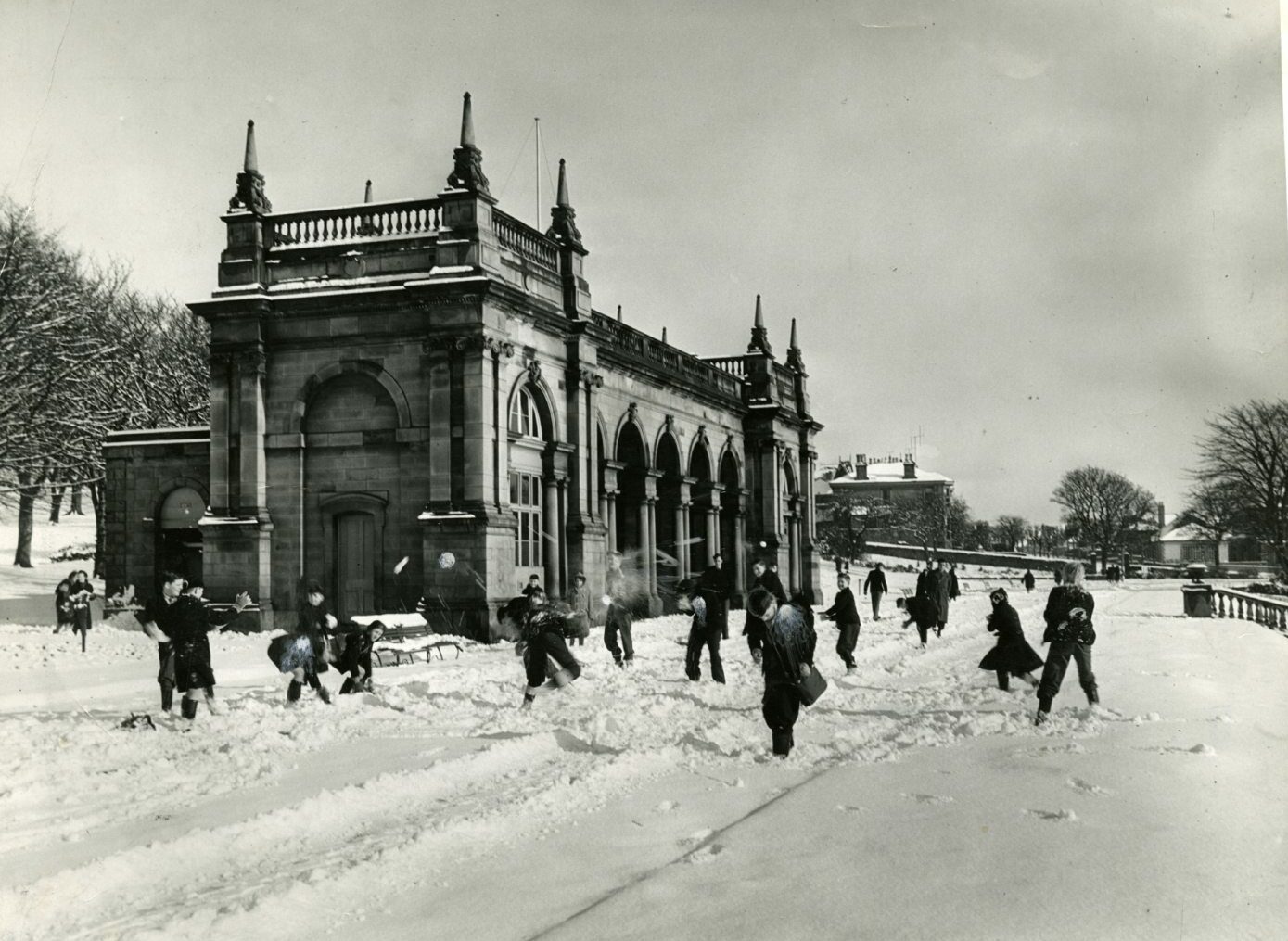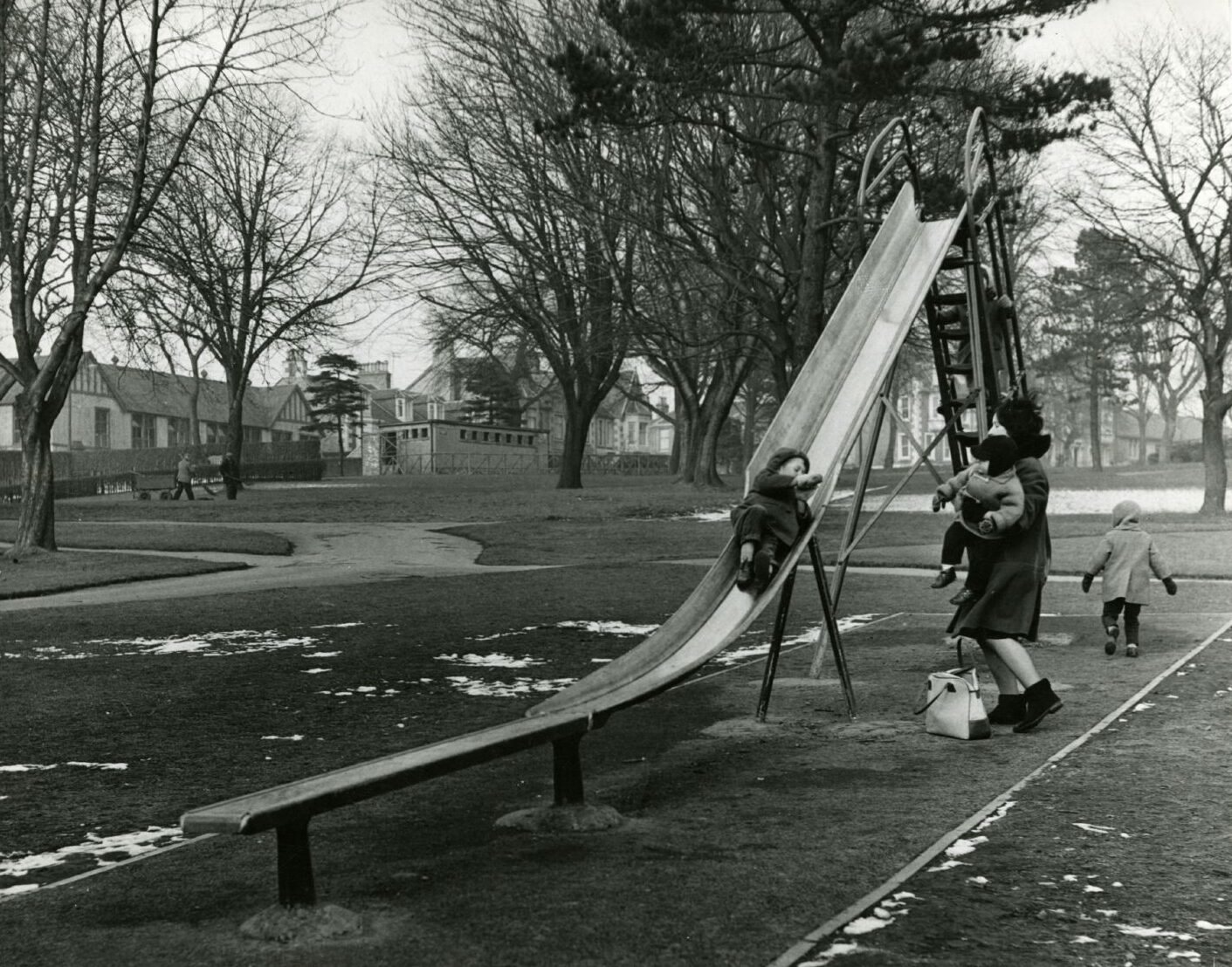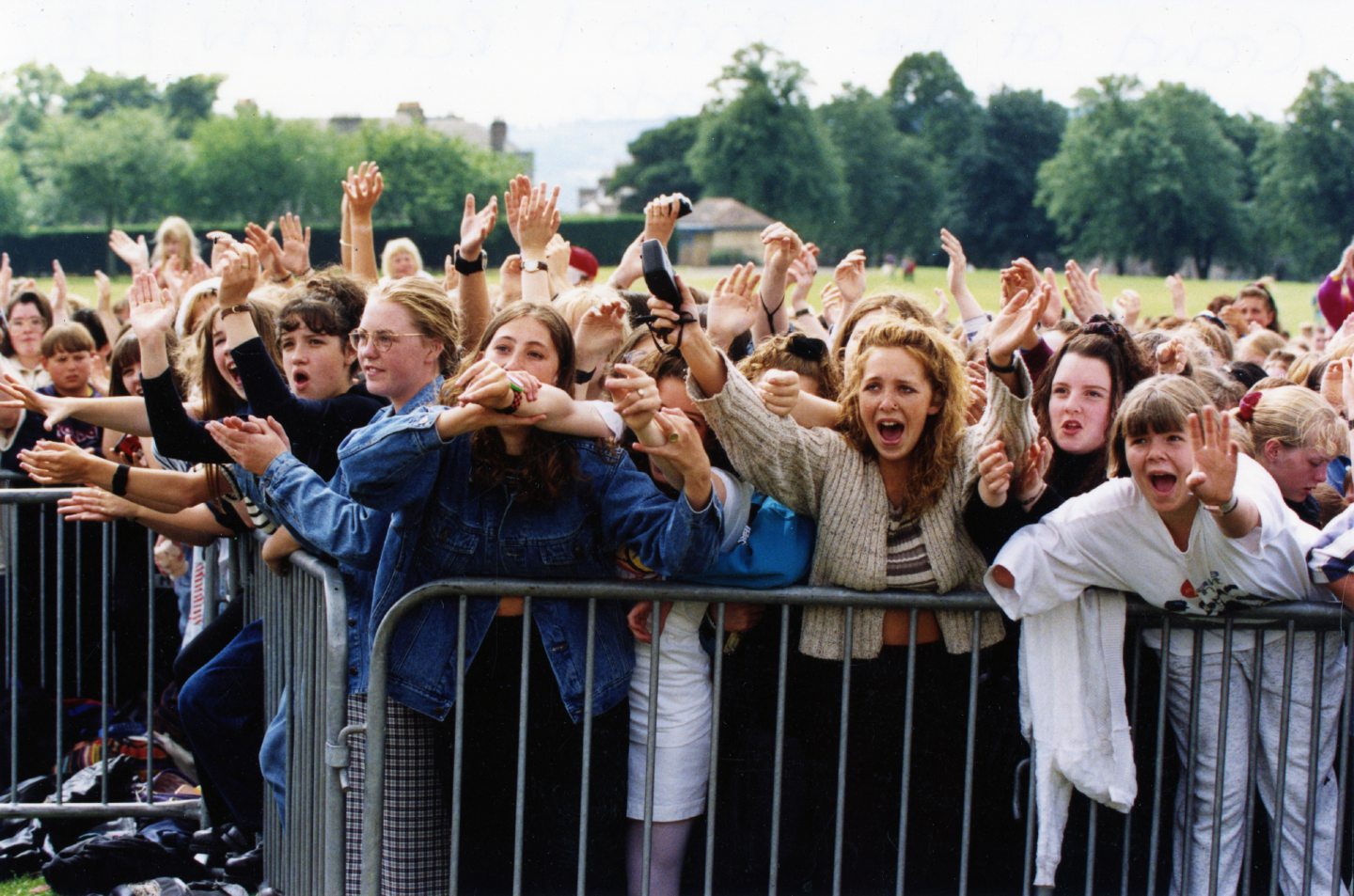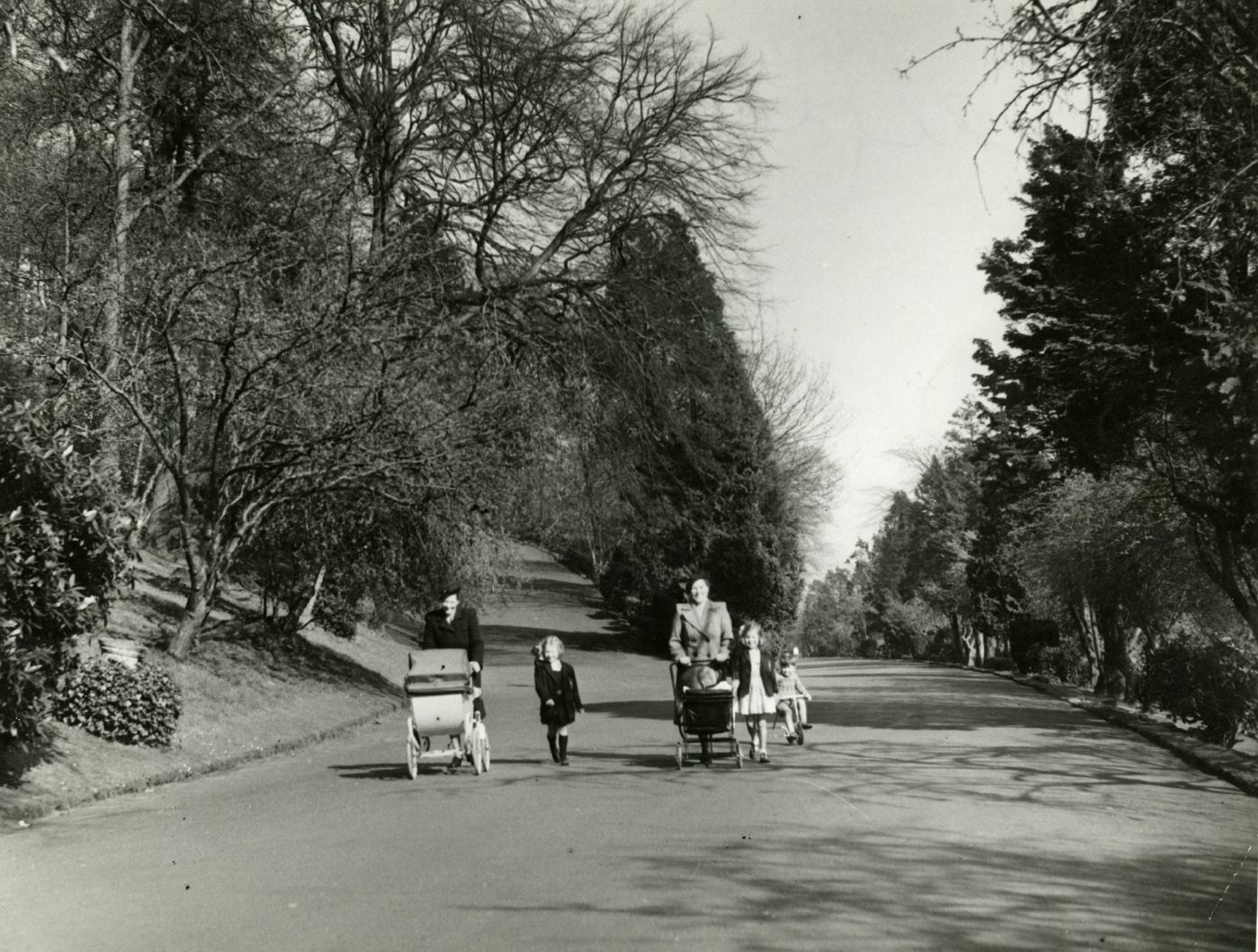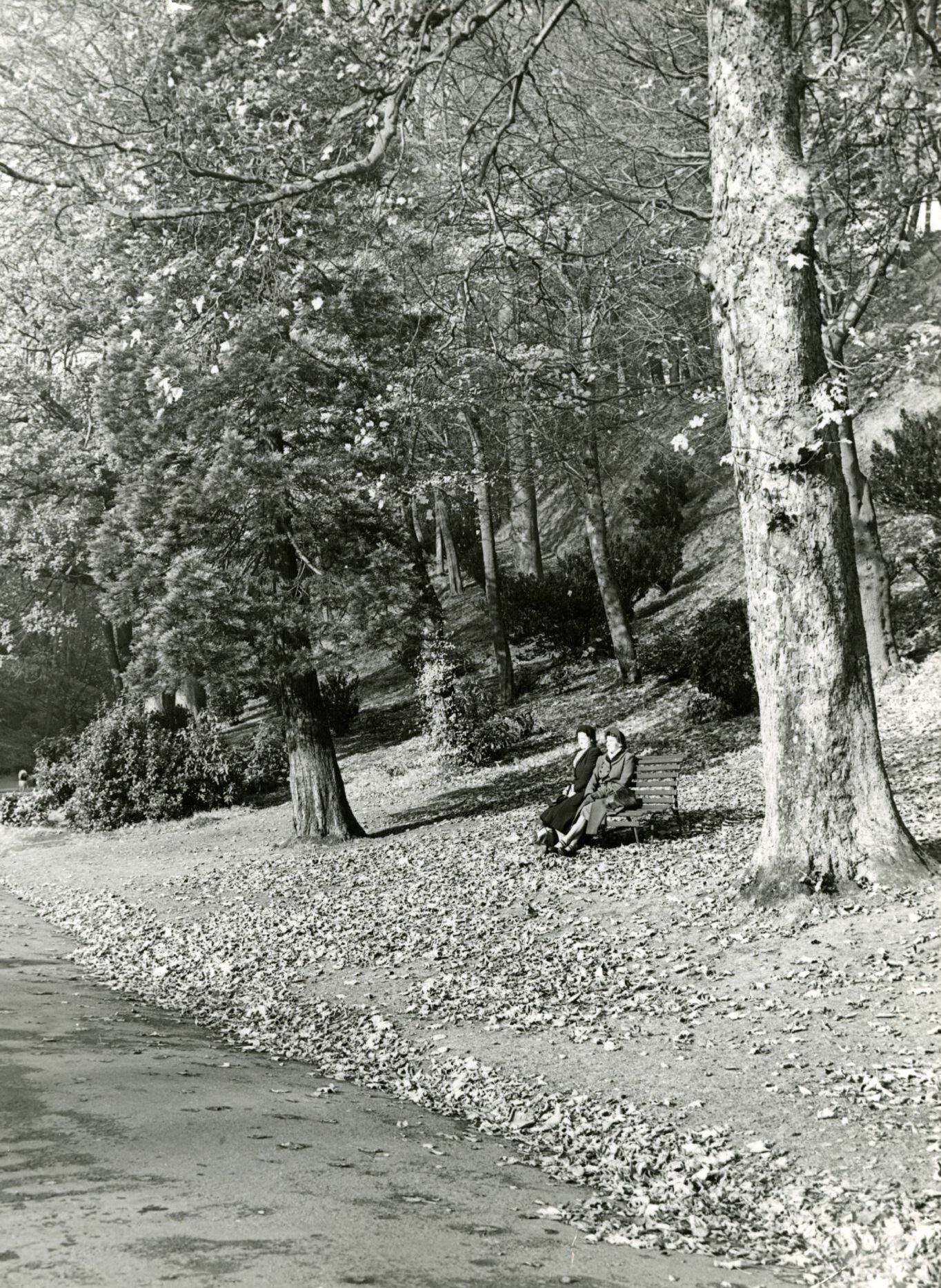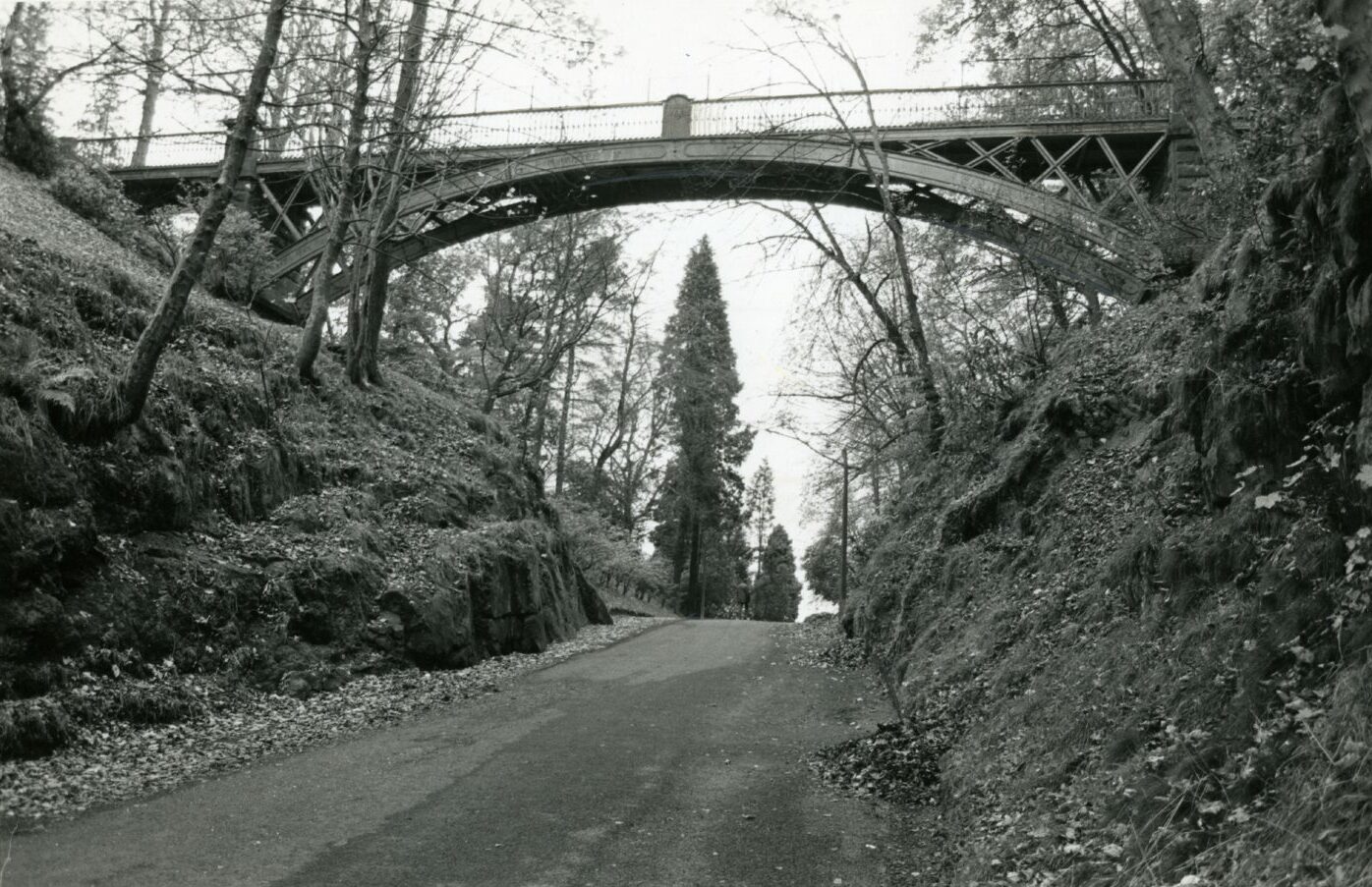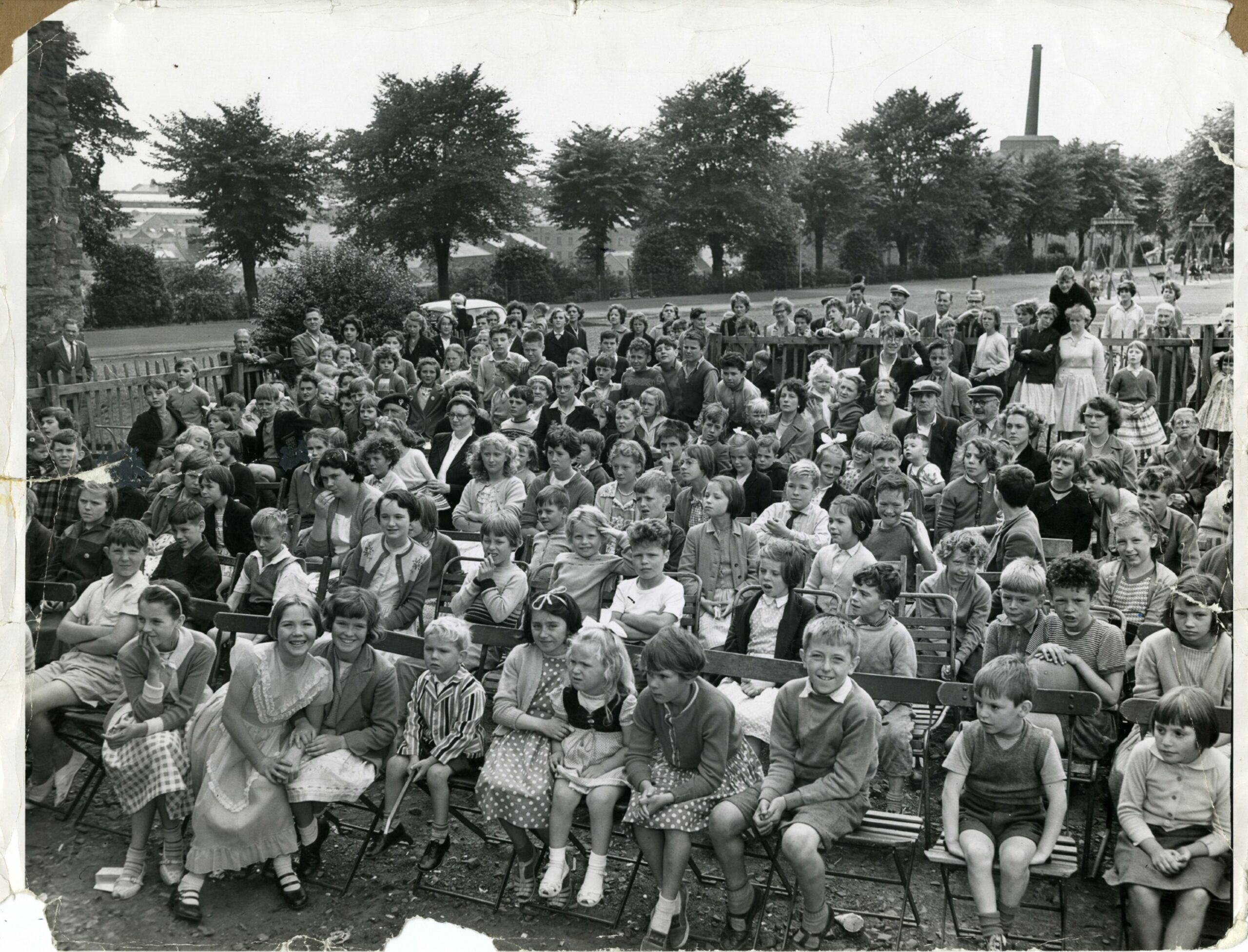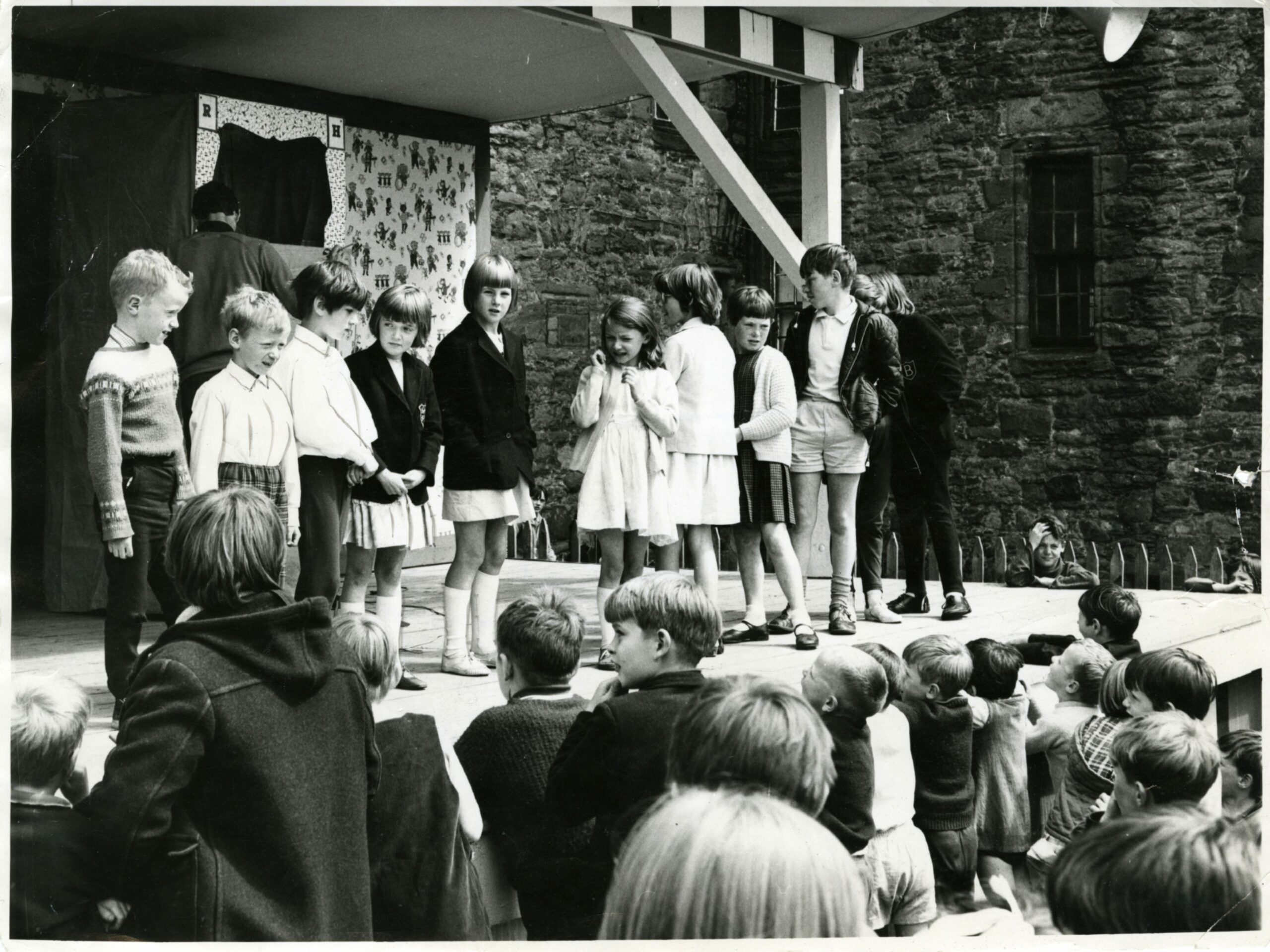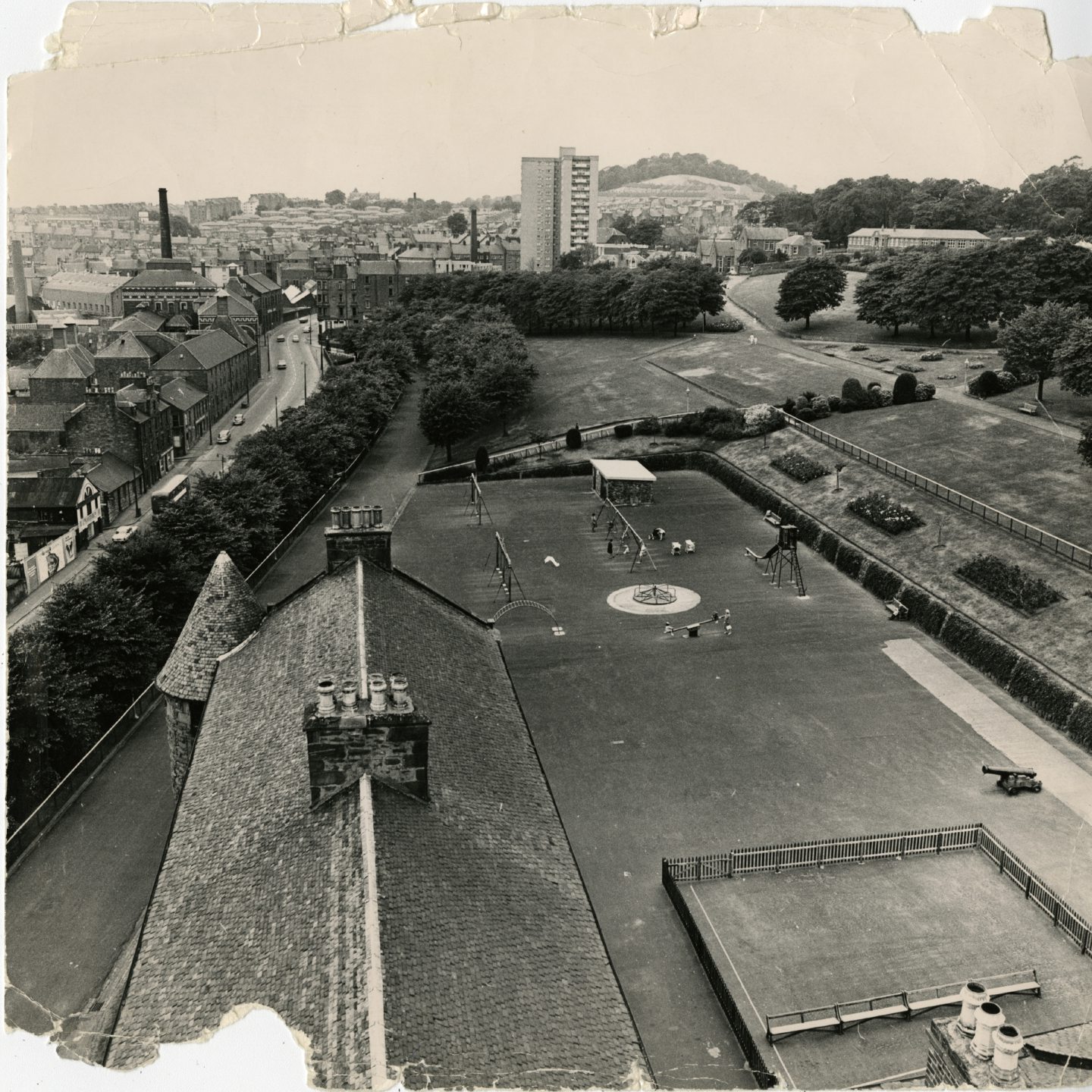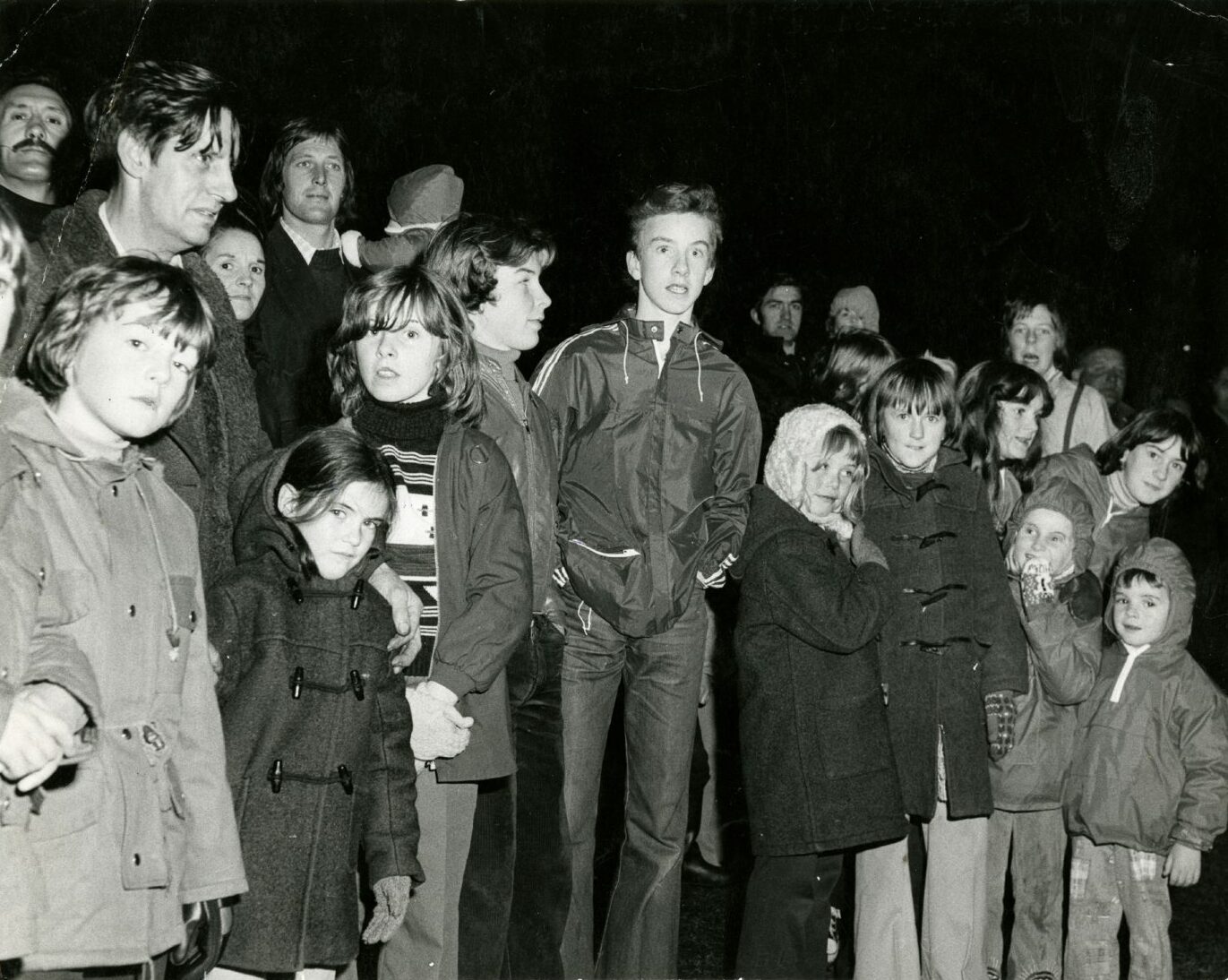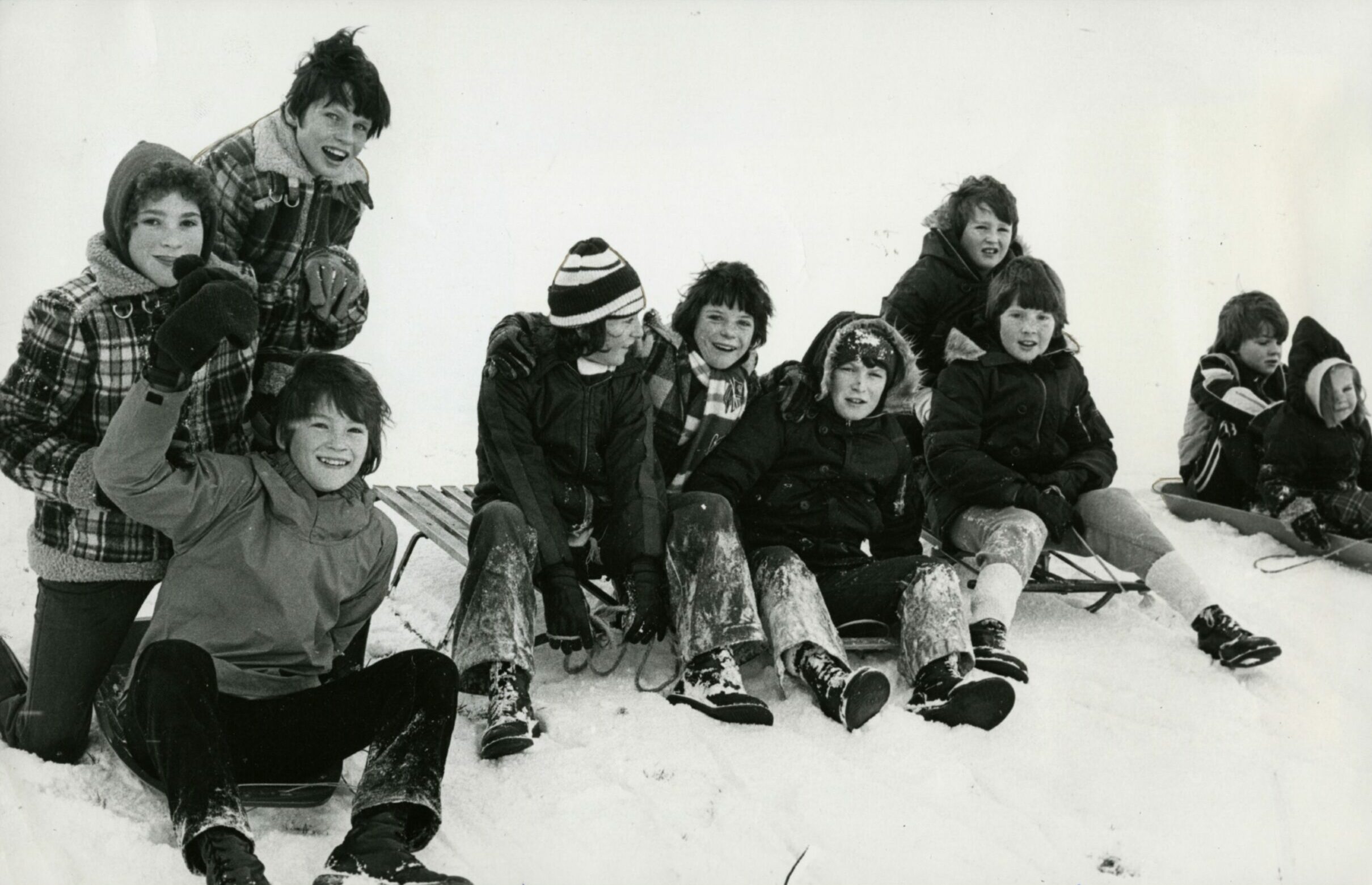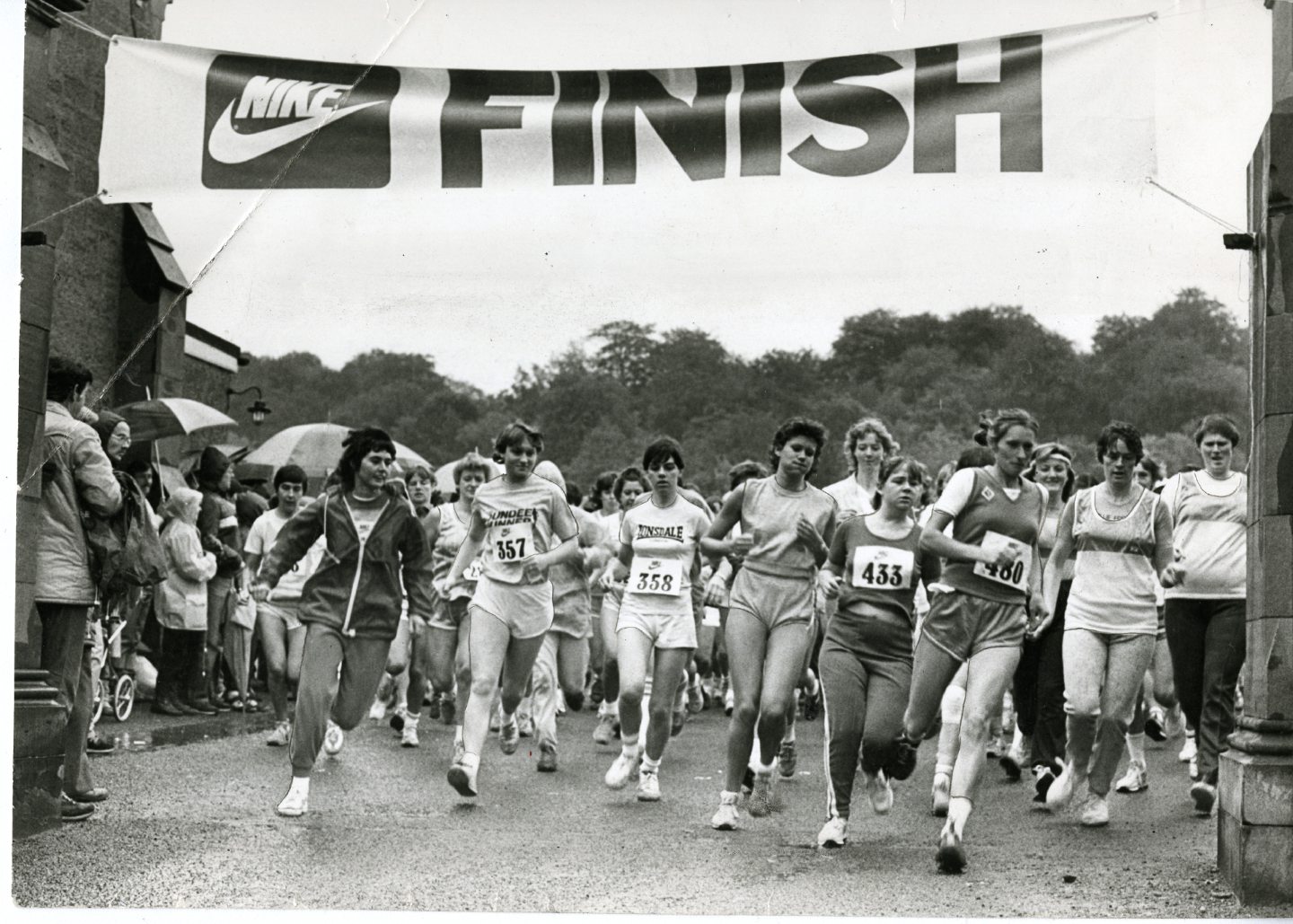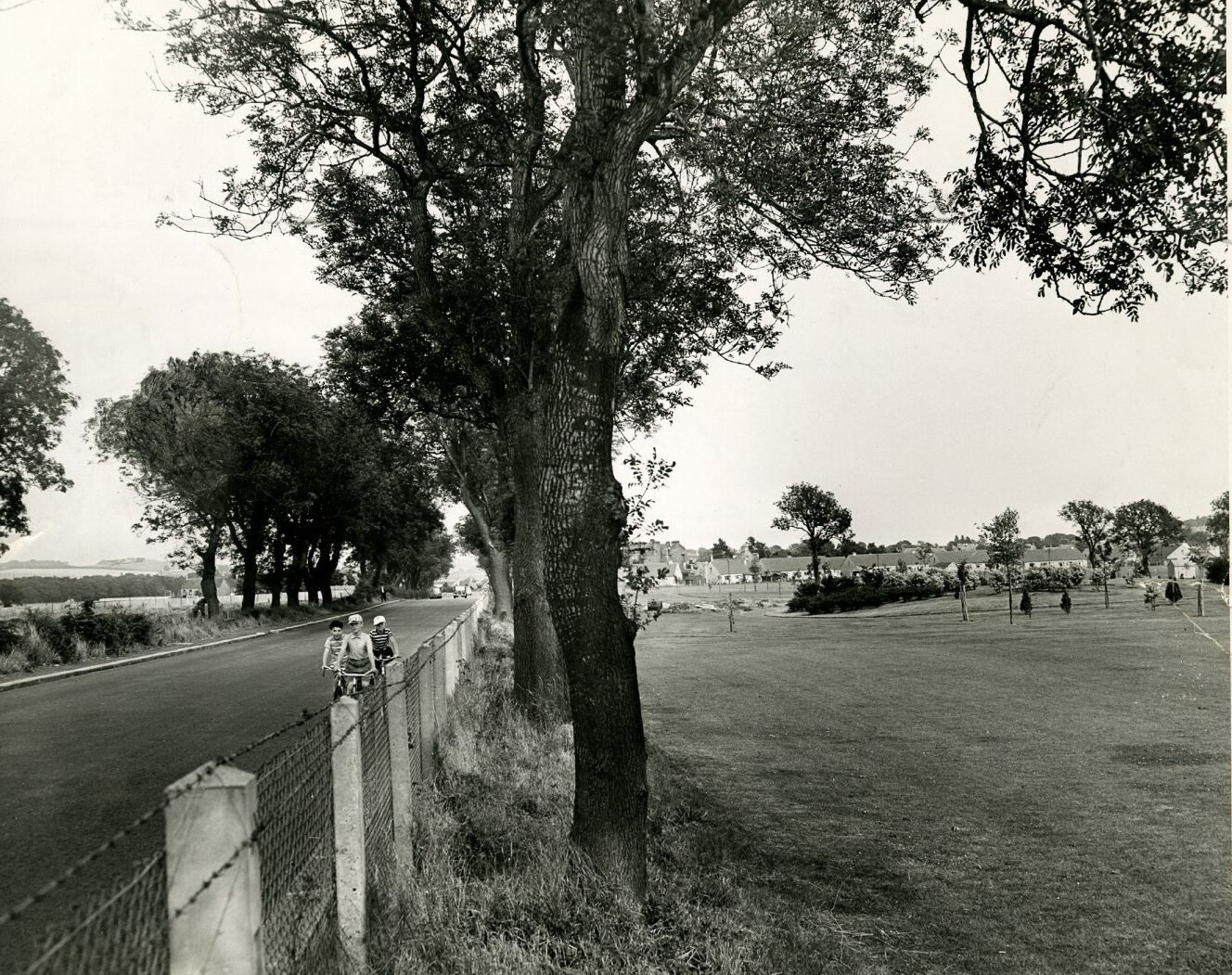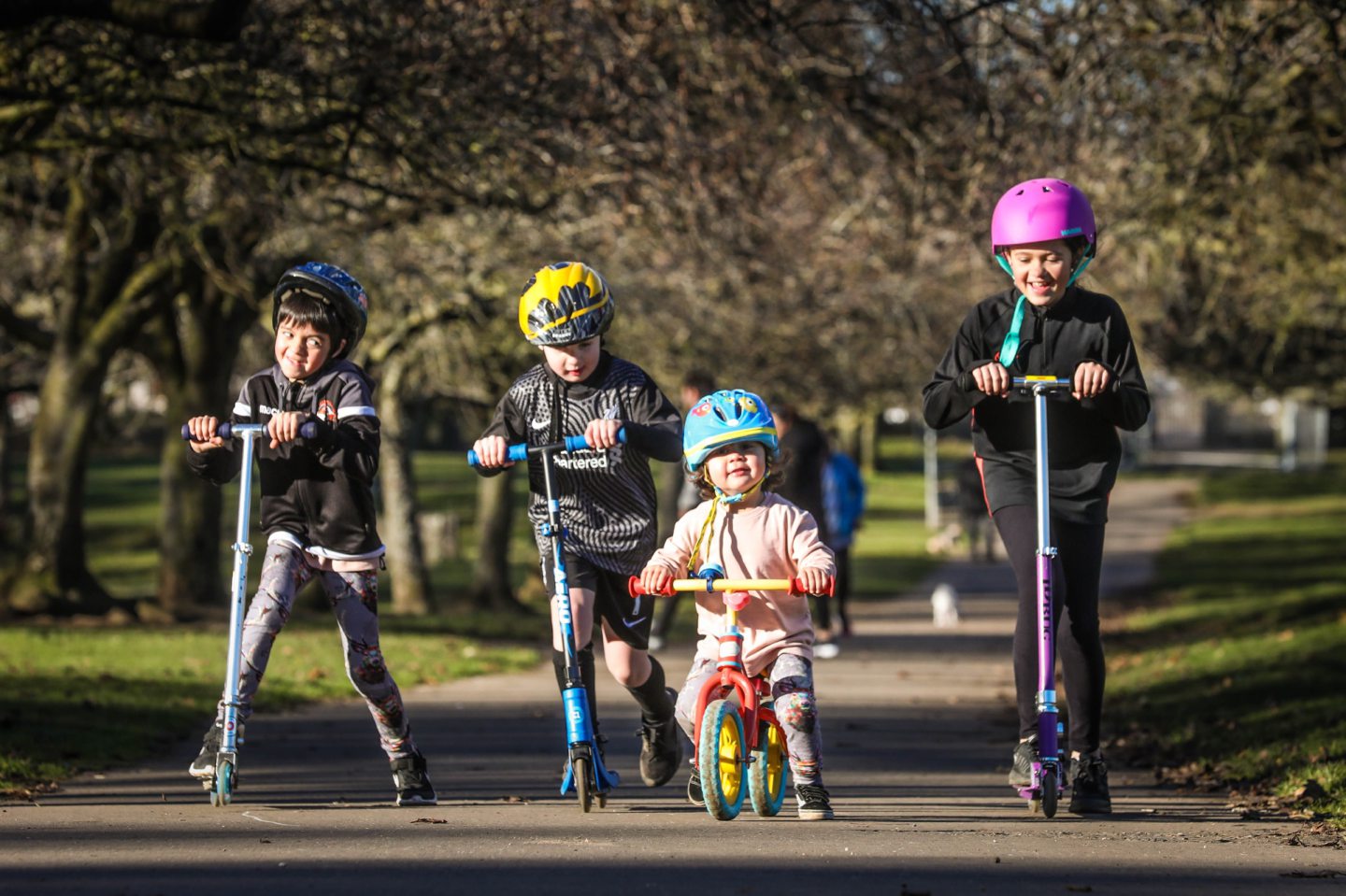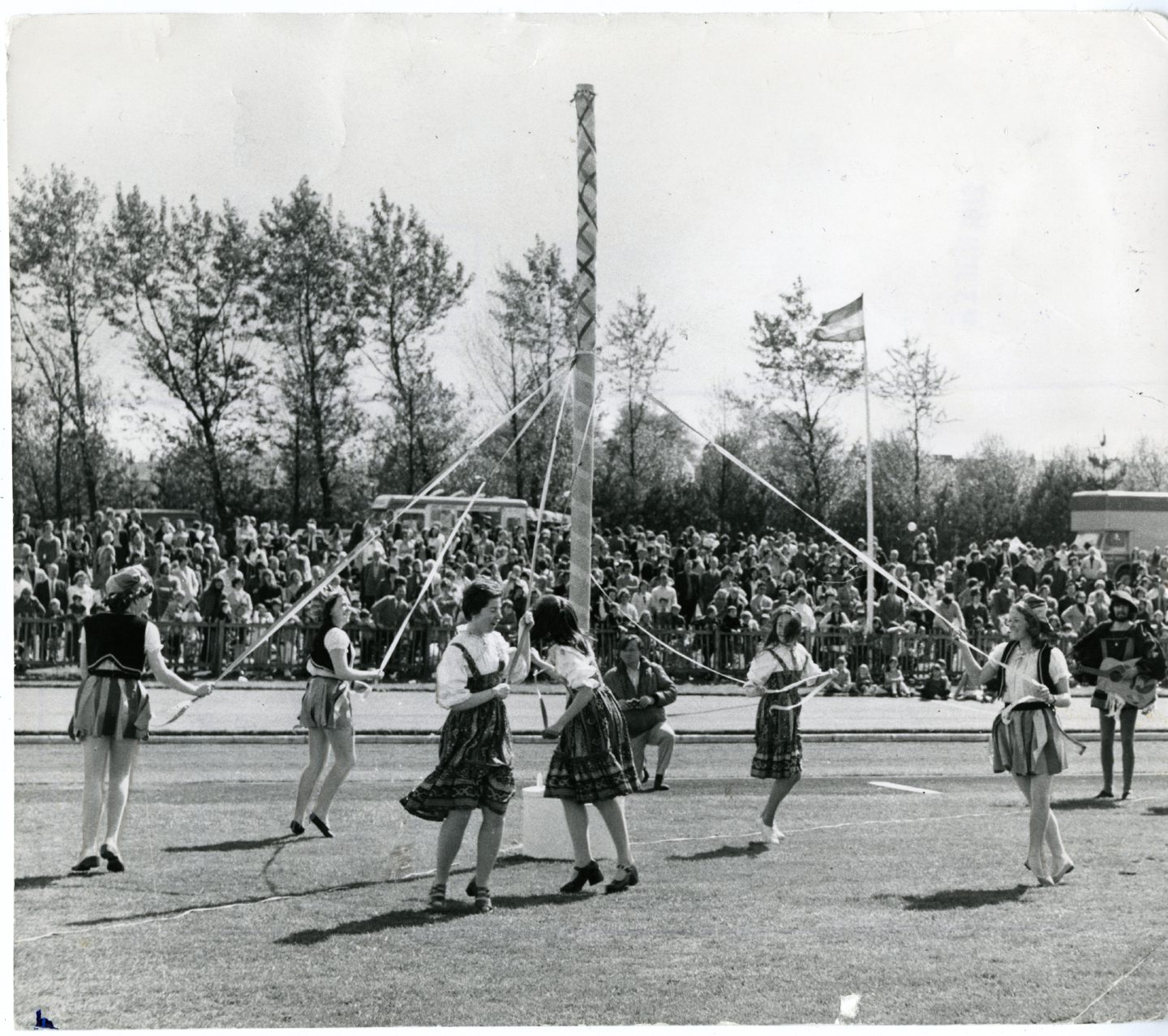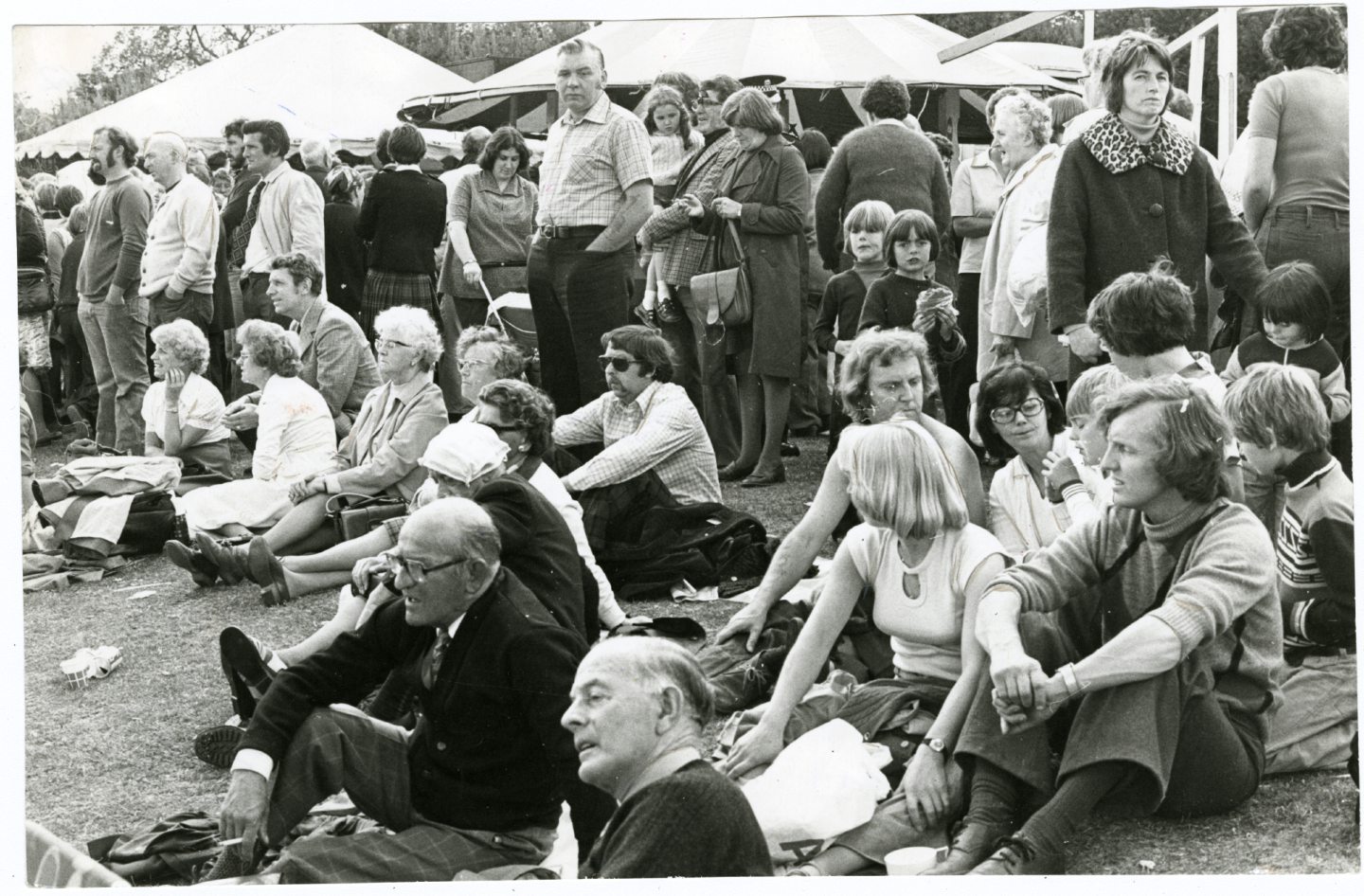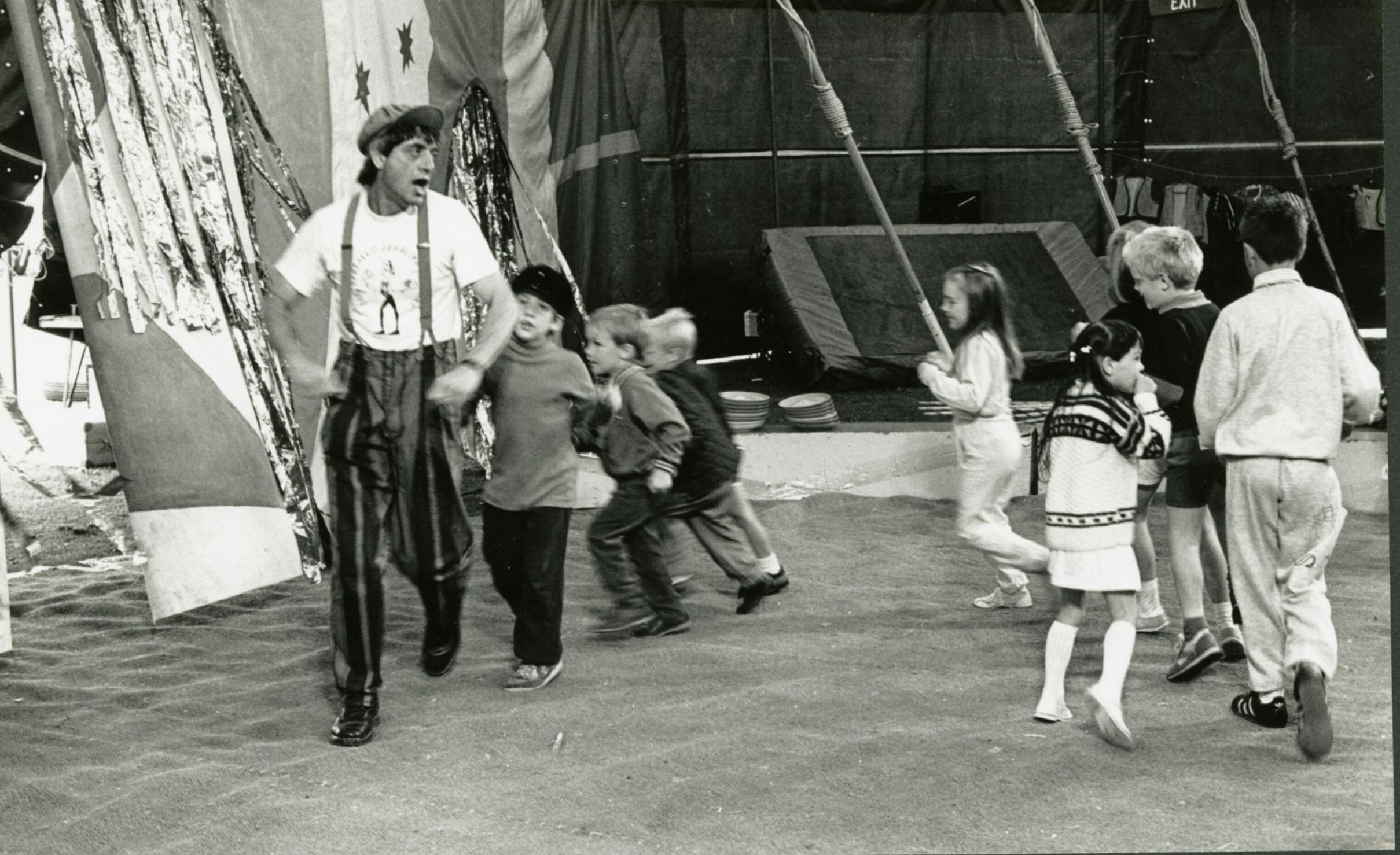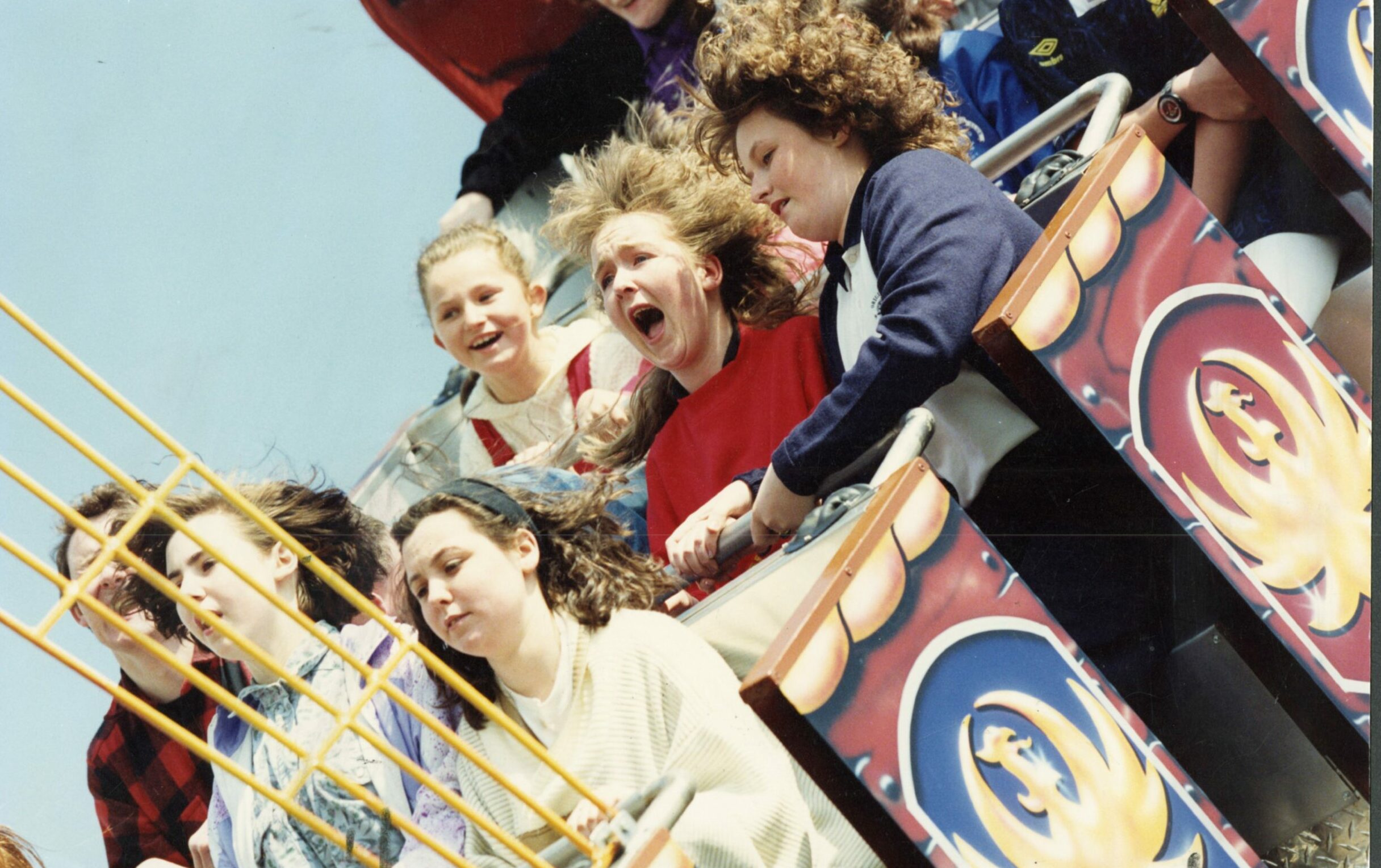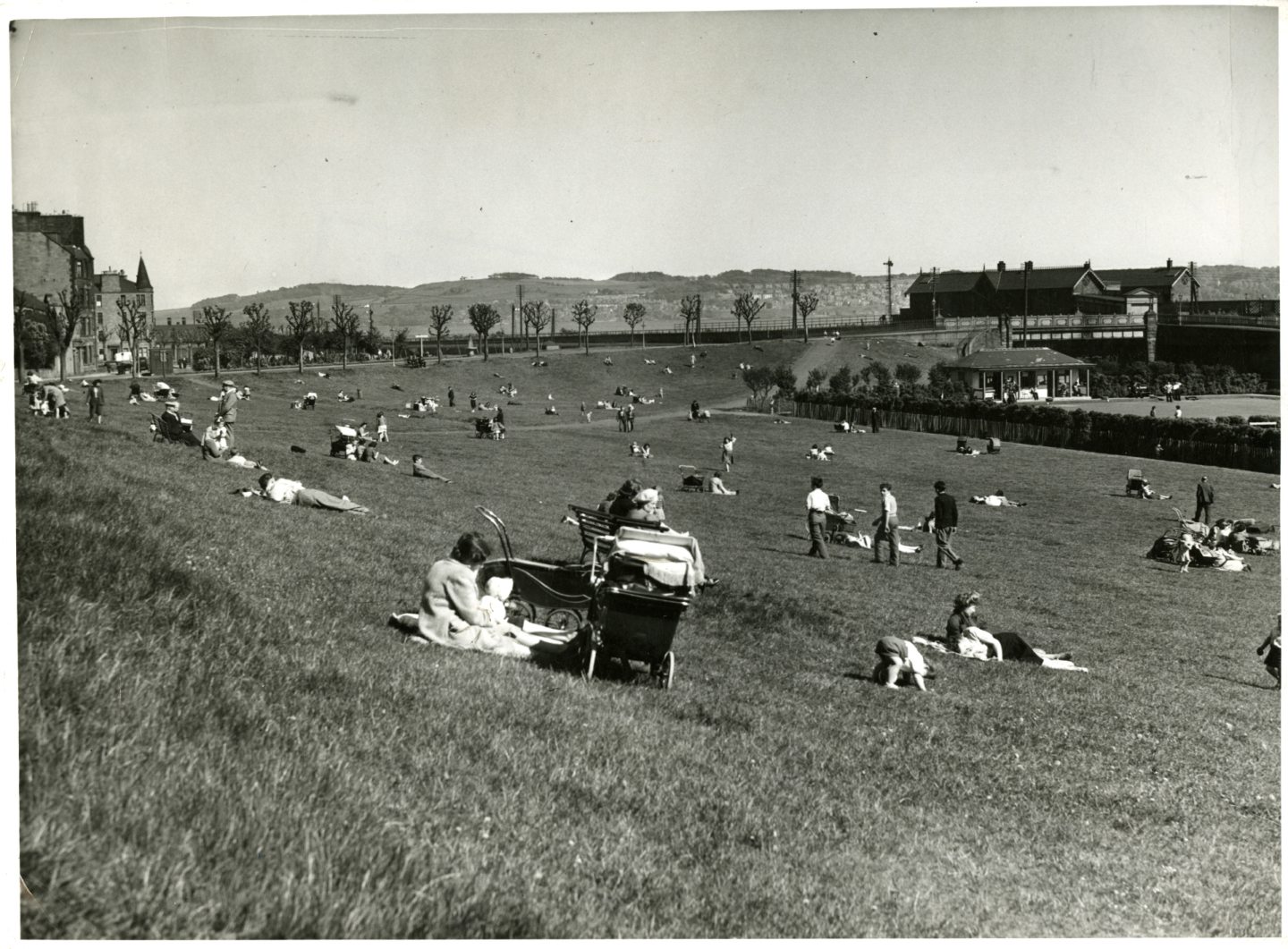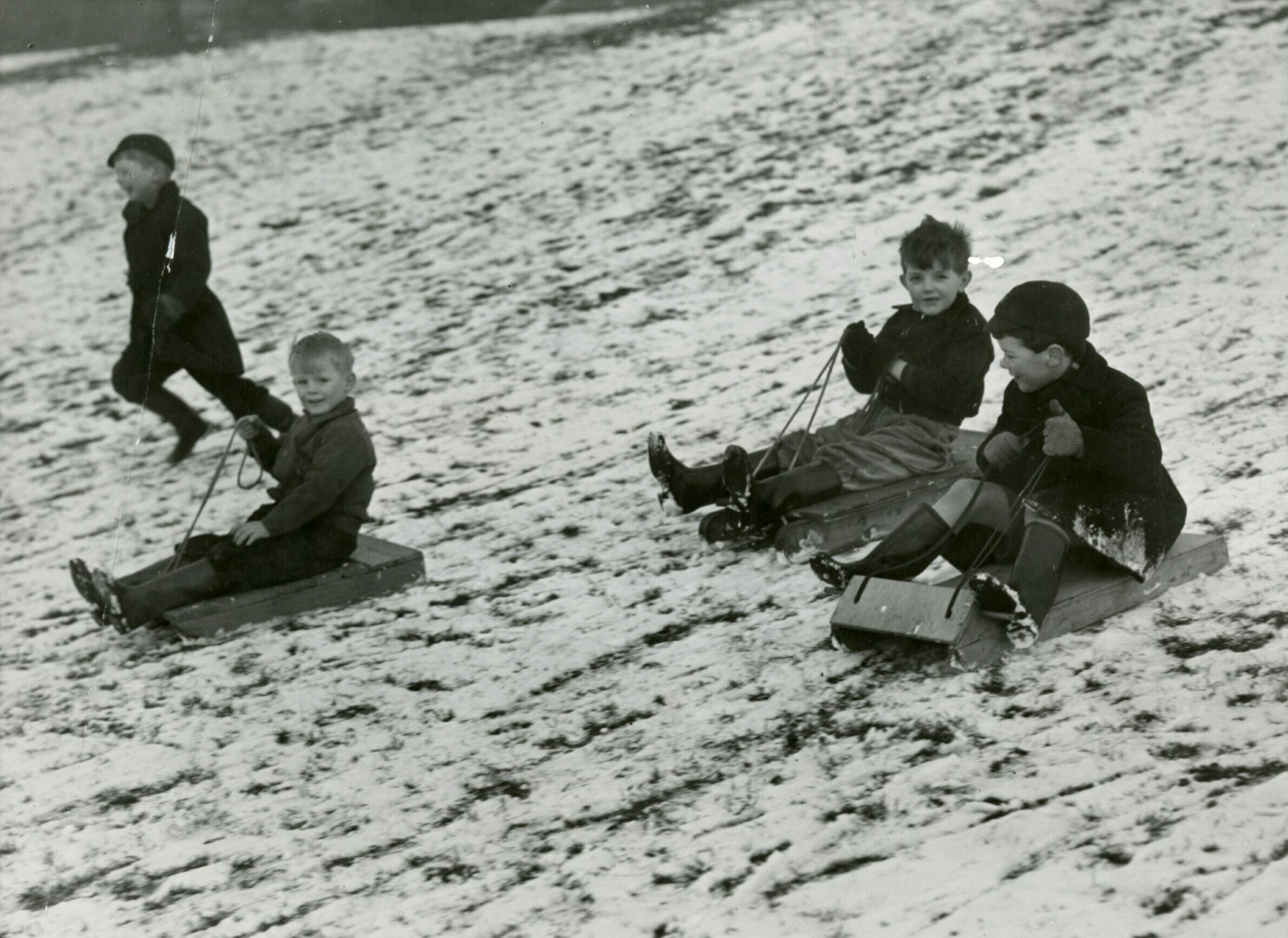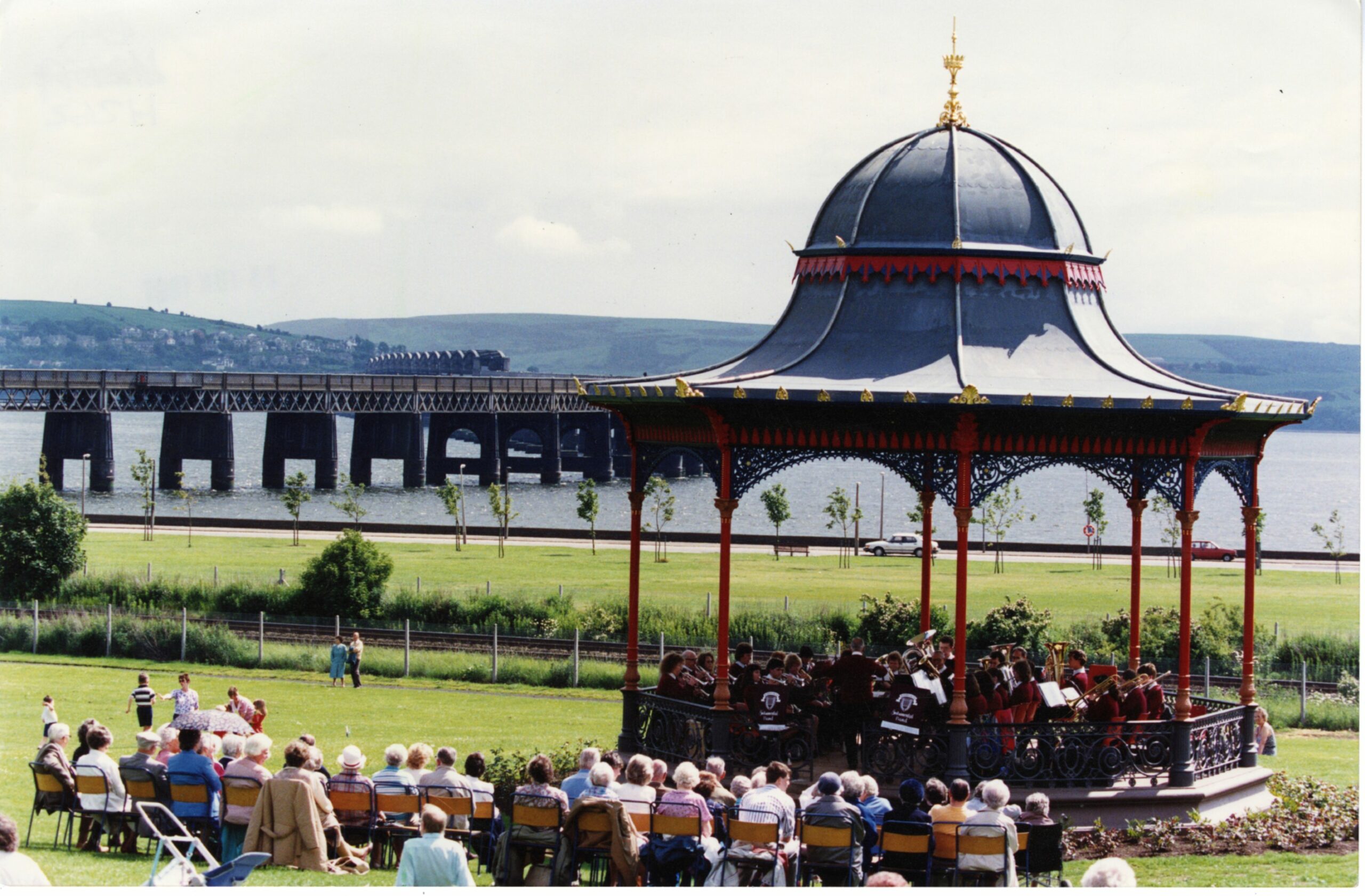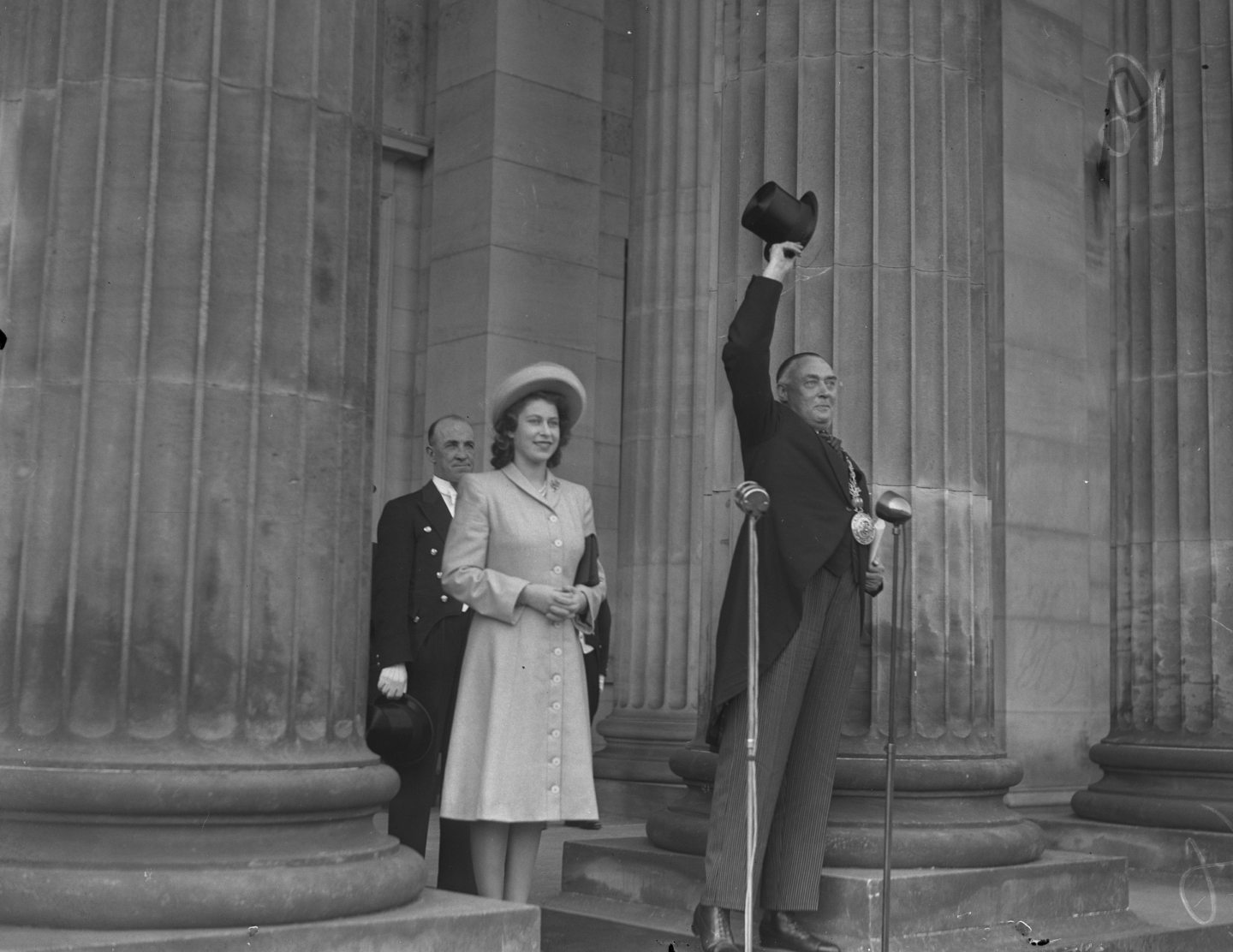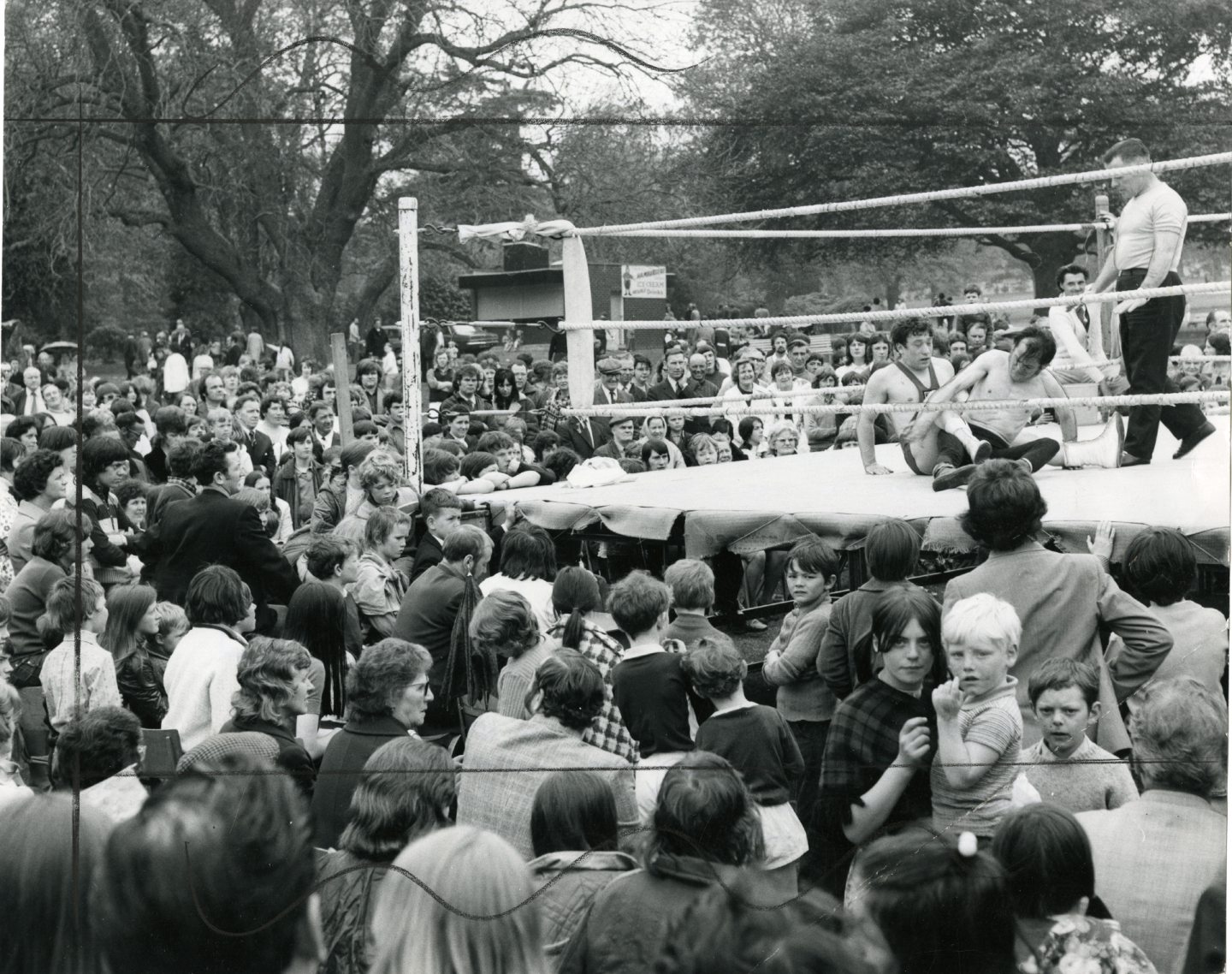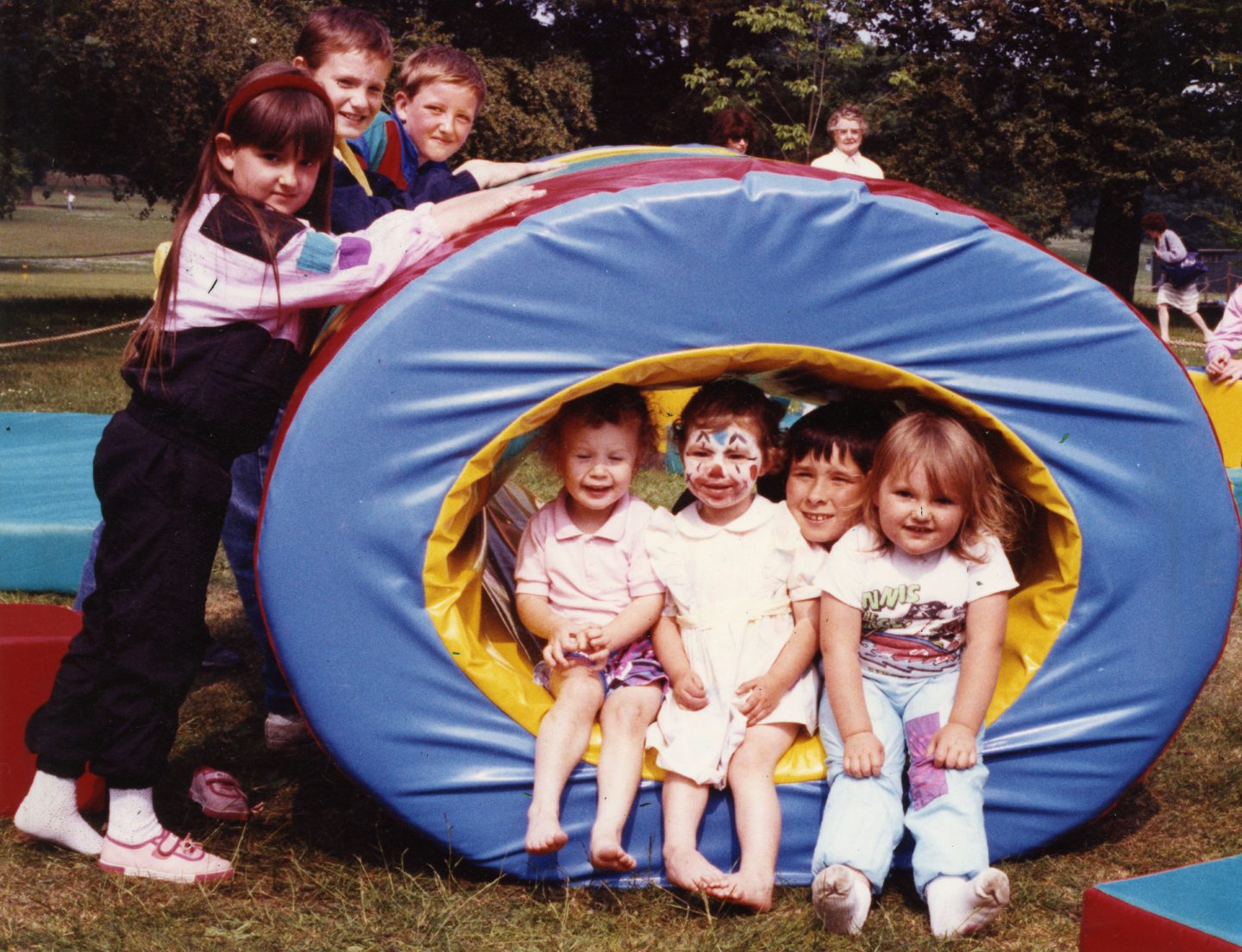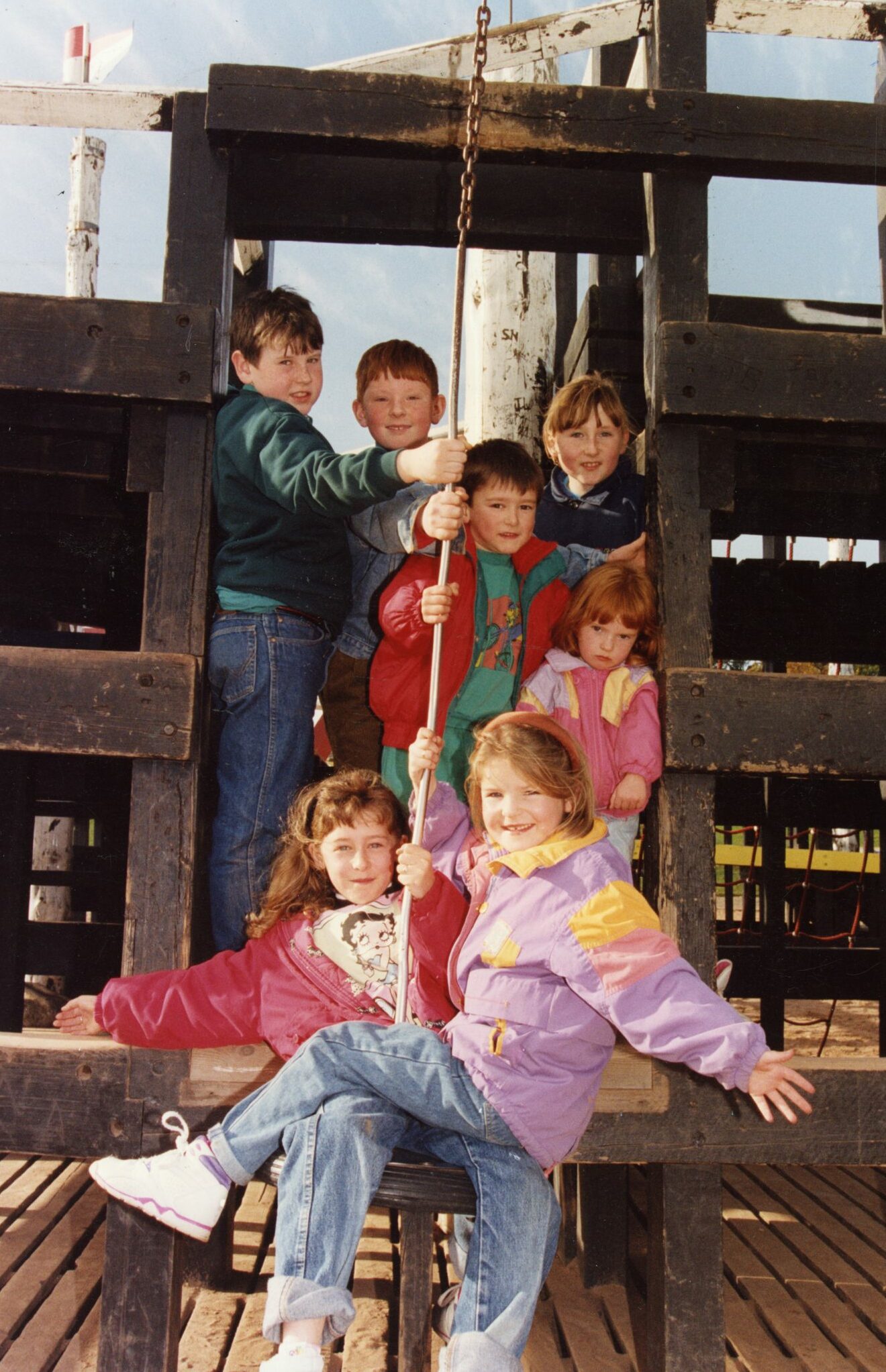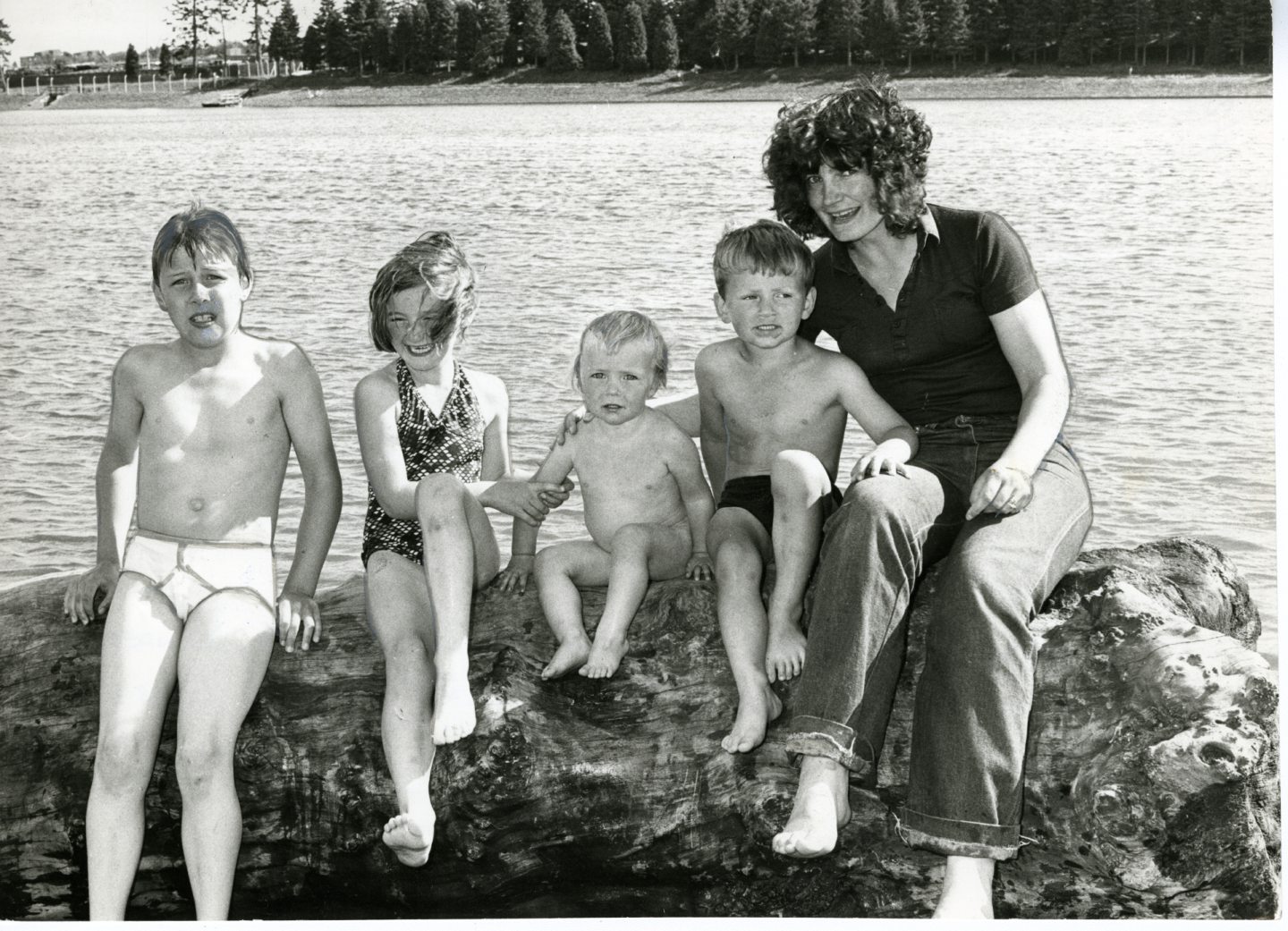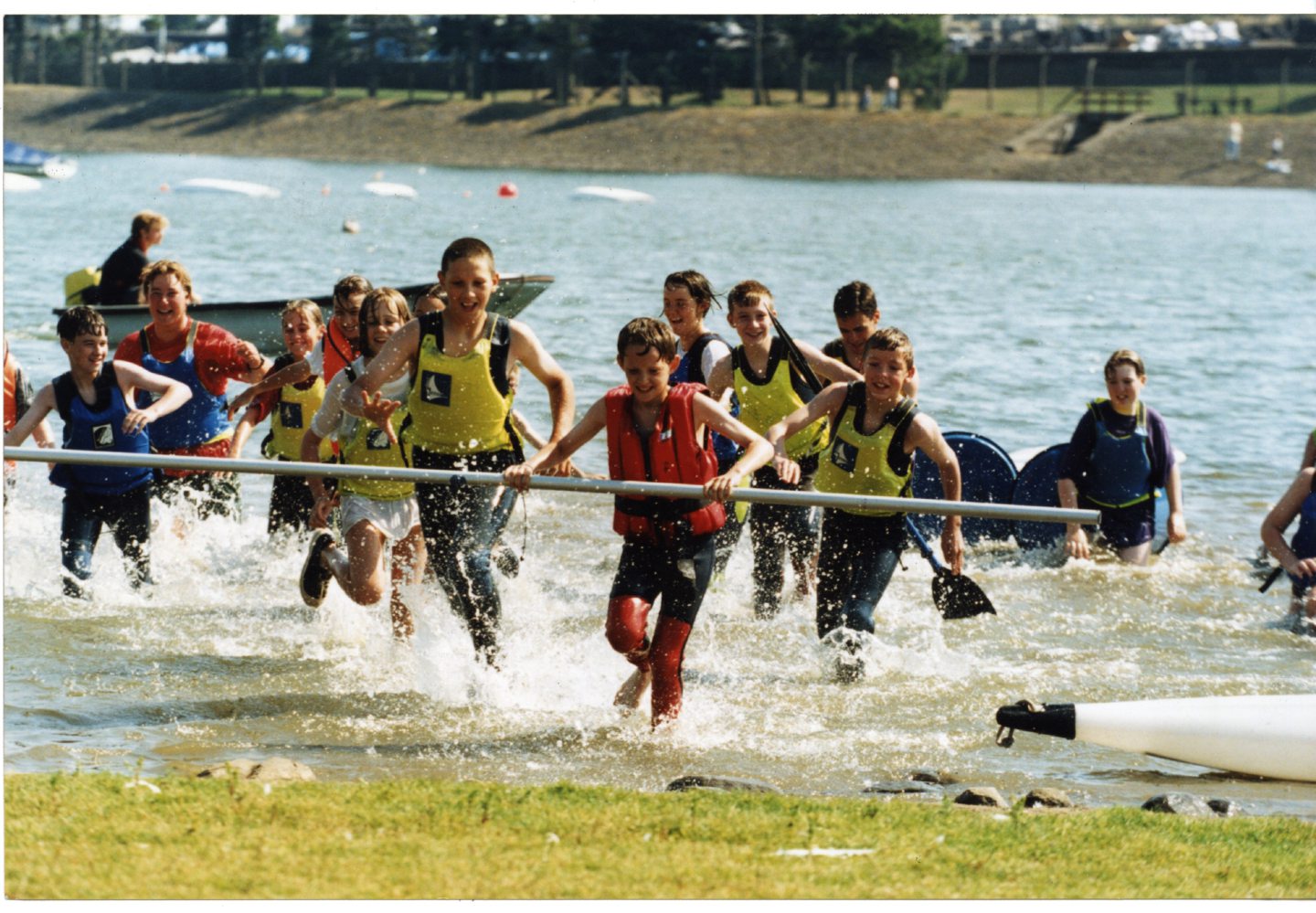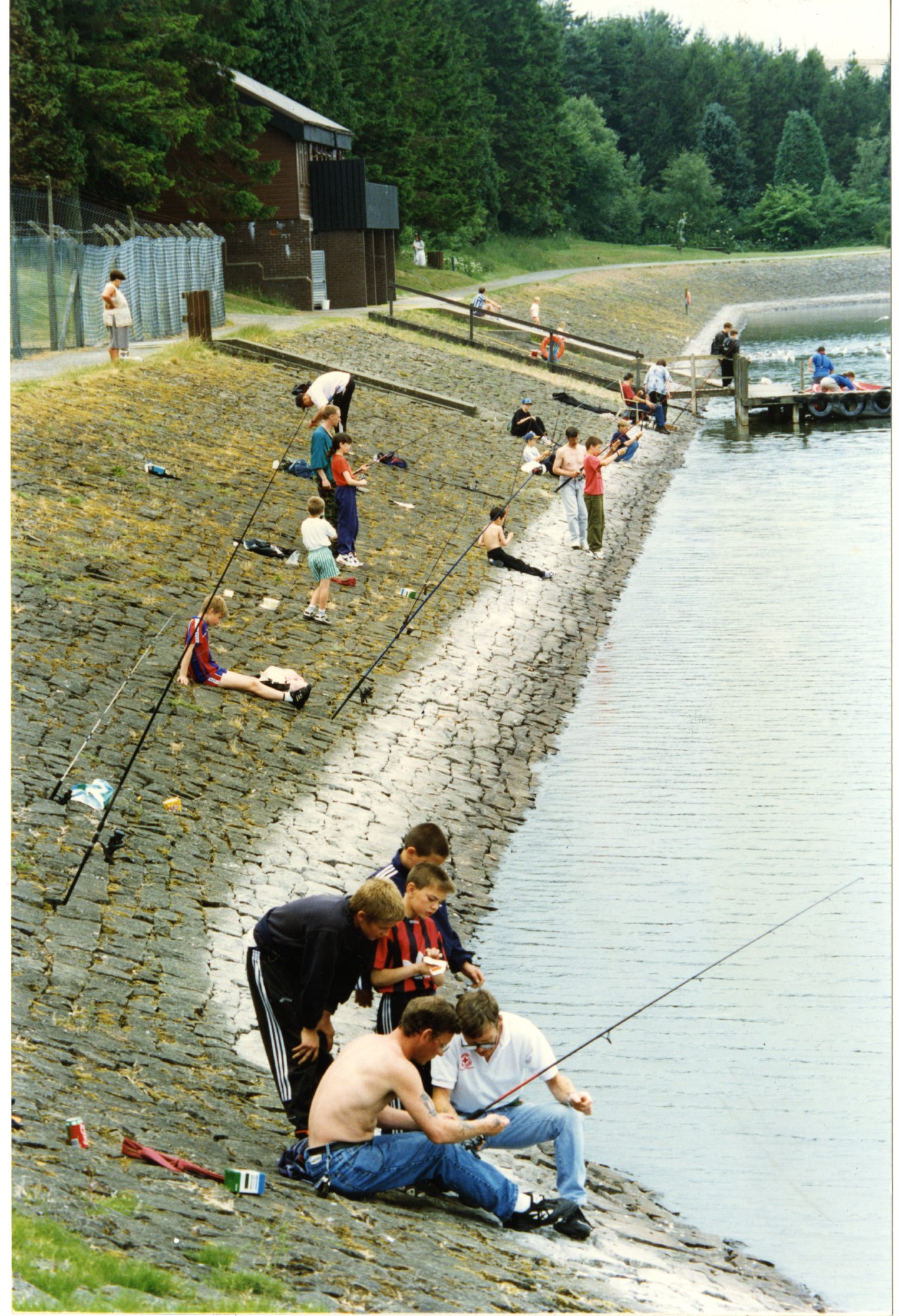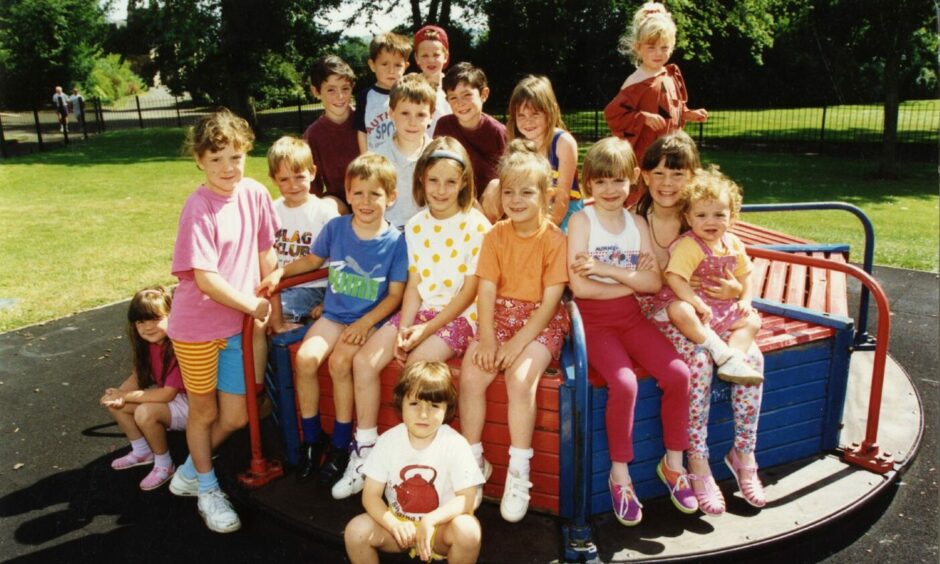
Most of Dundee’s parks and green spaces are the legacy of moneyed Victorian manufacturers and well-meaning philanthropists.
The purpose of Victorian parks was to provide enjoyment away from the smoky, cramped conditions of industrial town and city life.
Getting out into nature has a number of therapeutic effects and Dundee residents are lucky enough to have a large selection of parks to flock to when the sun comes out.
Caird Park, Lochee Park, Baxter Park, Dudhope Park, Dawson Park and Balgay Park are the lungs of Dundee.
Most of the major green spaces are entering their second centuries of recreational use in very good hands and they have seldom looked better than they do today.
Baxter Park
The best of them, Baxter Park in the Stobswell area, is one of only three parks laid out by the celebrated landscape designer Sir Joseph Paxton, architect of the Crystal Palace, and a rare example of an urban formal park.
Journalist and author Norman Watson said: “The gift to the city of the linen manufacturer Sir David Baxter, some 60,000 people witnessed its opening by the Prime Minister in 1863, when a holiday was declared, fireworks crackled and medals were struck.
“Another huge crowd, estimated at 100,000, gathered in the park for a procession to mark the jubilee of King George V and Queen Mary in 1935.
“Its Italianate pavilion – an A-listed building – has been restored and is now a popular events centre and wedding photographs location.
“The approach to the glass-fronted pavilion is through the tree-lined drive of Baxter Park and its terrace looks southwards over the park, towards the Tay.
“The park is reachable on foot from the city centre, but only after a slog up Forfar Road.”
Balgay Park
Balgay Hill and the adjoining smaller Victoria Park nearby were acquired by Dundee Corporation as public parks, with the latter including the Royal Victoria Hospital.
Balgay Park, which opened in 1871, proudly accommodates the Mills Observatory, which was Britain’s first purpose-built public observatory when it opened in 1935.
Dr Watson said: “Its one-famous bandstand was destroyed by fire, but its metalwork has been reinstated not far from the park’s entrance.
“Look down near the park’s Blackness Road entrance to see a small floral bed formed from stones from the medieval west window of the Old Steeple.
“Look up above the roadway further on to see the graceful span of a cast iron bridge contemporary with the park’s opening over 150 years ago.
“Balgay’s paths offer wonderful views of the river and bridges – and are always crowded with friendly dog-walkers.”
Dudhope Park
The nearest park to Dundee city centre, Dudhope Park was purchased by the town in 1878 and covers 23 acres.
The park is dominated by its ancient castle, and was, for centuries the fortified home of the Scrymgeour family, hereditary constables of the town.
Coming bang up to date, the park features a popular skate park, opened in 2007, a recently improved playpark, and free-to-use tennis courts.
Its disused bowling green was transformed into a peaceful garden for war veterans.
A ‘friends’ group is working with local residents and the city council to promote the preservation, maintenance and improvement of the park, which offers spectacular views over the city and river.
The park hit the headlines in 2017 when a giant smiley face had locals scratching their heads after appearing without warning – with some comparing it to a “crop circle”.
However the eye-catching smiley is not in fact the work of extra-terrestrials, but part of a project being run by Park Lives Dundee to promote the city’s green spaces.
Lochee Park
Lochee Park, lying to the north of Balgay Hill, was the gift in 1891 of the Cox brothers of Camperdown Works.
Dr Watson said: “The brothers bequeathed its 25 acres principally for the ‘working people of Lochee’ and the citizens repaid the compliment and exercised ownership by cutting down its trees for fuel during a lock-out!
“Nowadays, the park is reserved for recreative purposes and the people’s efforts are directed more towards dog walking, jogging and winter sledging with the bairns.
“Facilities include a children’s play area, full-sized football pitches and a bowling green.
“It has north and west entrances – and a dinky pavilion on the Ancrum Road side and has fine views of the Law.”
At Lochee Park, the slope is traditionally used by the public for sledging in winter.
Dawson Park
Dawson Park, on Arbroath Road, was the gift in 1940 of William Dawson, a director of George Morton, wine and spirits merchants “for the purpose of providing playing fields, sports grounds or other recreational facilities.”
Dr Watson said: “The 48-acre park was opened in the mid-1950s and its numerous pitches and tennis courts serve the outdoor sporting needs of the east end of the city.
“The beautifully landscaped park also has exotic plantings and a sunken garden.
“A formal cherry avenue along the north axis is stunning in spring.”
The refurbished play park is also well-used by youngsters and the paths are extremely popular with dog walkers who arrive in the car park from across the city.
A new all-weather floodlit pitch was opened in 2006 and these facilities are used by pupils from the nearby Grove Academy.
Caird Park
Caird Park, at 270 acres one of Scotland’s largest urban parks, was one of Sir James Caird’s many gifts to the city.
The park opened in 1920, with its 18-hole golf course following three years later, both unveiled by his sister Emma Grace Marryat following her brother’s desk.
Mains Castle, in the centre of the park, is one of Dundee’s oldest buildings.
Dr Watson said: “This giant oasis straddling the Kingsway offers some of the city’s top sporting options, with golf and athletics as its main all-year-round attractions.”
Over the years Caird Park has also hosted events like boxing contests, carnivals, circuses and stunt shows involving bikes, cars, monster trucks and even lorries.
Do you remember the Dundee Highland Games?
For a number of years from the late 1970s up to around 1990 Caird Park was the scene of the traditional celebration of Scottish culture, with thousands of locals and visitors annually enjoying the colourful spectacle.
Caird Park was also the setting for a shared stadium between Dundee and Dundee United which would have sounded the death knell for Dens and Tannadice.
The Euro 2008 plan eventually fizzled out, although the issue did rear its head again when Scotland considered a joint bid with Wales for Euro 2016.
Magdalen Green
The old common ground of Magdalen Green dates to medieval times and is thought to have taken its name from an ancient chapel dedicated to Mary Magdalen, discovered near Step Row.
With the distinction of being Dundee’s oldest park, its 17 acres have been used over hundreds of years for a multitude of gatherings as well as recreational purposes.
Dr Watson said: “It staged the Buffalo Bill travelling circus in 1904 and the Royal Highland Show in 1933 and 1949.
“Indeed for one year short of a century, from 1848 until 1947, Magdalen Green offered Dundonians an open-air bathing pool.
“But the old tradition of dashing down to the shore and into the river came to an abrupt halt – literally – in 1845 with the arrival of the Perth to Dundee railway along the shore, an event which led to a protest by baptising ministers!
“More recently, Magdalen Green’s restored bandstand, built in 1890, has provided a backdrop to West End community and festival events, themselves viewed from the terraces of stately Victorian homes overlooking the park.”
Thousands of Dundonians converge on the green each year for Westfest.
Camperdown Park
This is the city’s largest public park, covering over 400 acres and is home to 190 species of trees.
The park and its stunning neo-classical mansion is named after the Battle of Camperdown, off the coast of Holland in 1797.
Dr Watson said: “The park stages public events throughout the year – notably the city’s Easter celebrations.
“Nationally, it hosted BBC Radio 1’s ‘Big Weekend’ in 2006 and 2023.
“Camperdown House, the A-listed centrepiece of the estate, was designed by William Burn, and built by the Duncan family in 1828.
“The house was bought by the city council in 1946.
“That year, in one of her first public engagements, Princess Elizabeth – later Queen Elizabeth II – formally opened Camperdown Park.
“She returned as Queen in 1977 as part of her Silver Jubilee tour.
“Camperdown Wildlife Centre is located on the western side of the park.
“The Camperdown children’s play complex is situated nearby.”
Clatto Country Park
Located on the city’s north-west boundary, Clatto Country Park has a large reservoir, woodland, paths and a play area.
The reservoir was created as part of improvements to Dundee’s public water supply in 1874, but is no longer connected to the supply network.
Dr Watson said: “A signposted and level path goes around the edge of the reservoir and smaller paths extend into Baldragon Woods and Clatto Moor.
“Admiral Duncan Wood was planted in recent years to connect Clatto plantations to Templeton Woods to give wildlife more habitat.
“The reservoir is also home to many ducks and diving birds.”
Clatto includes facilities for water sports, a play area and picnic area and is extremely popular with many woodland routes perfect for walking or cycling.
